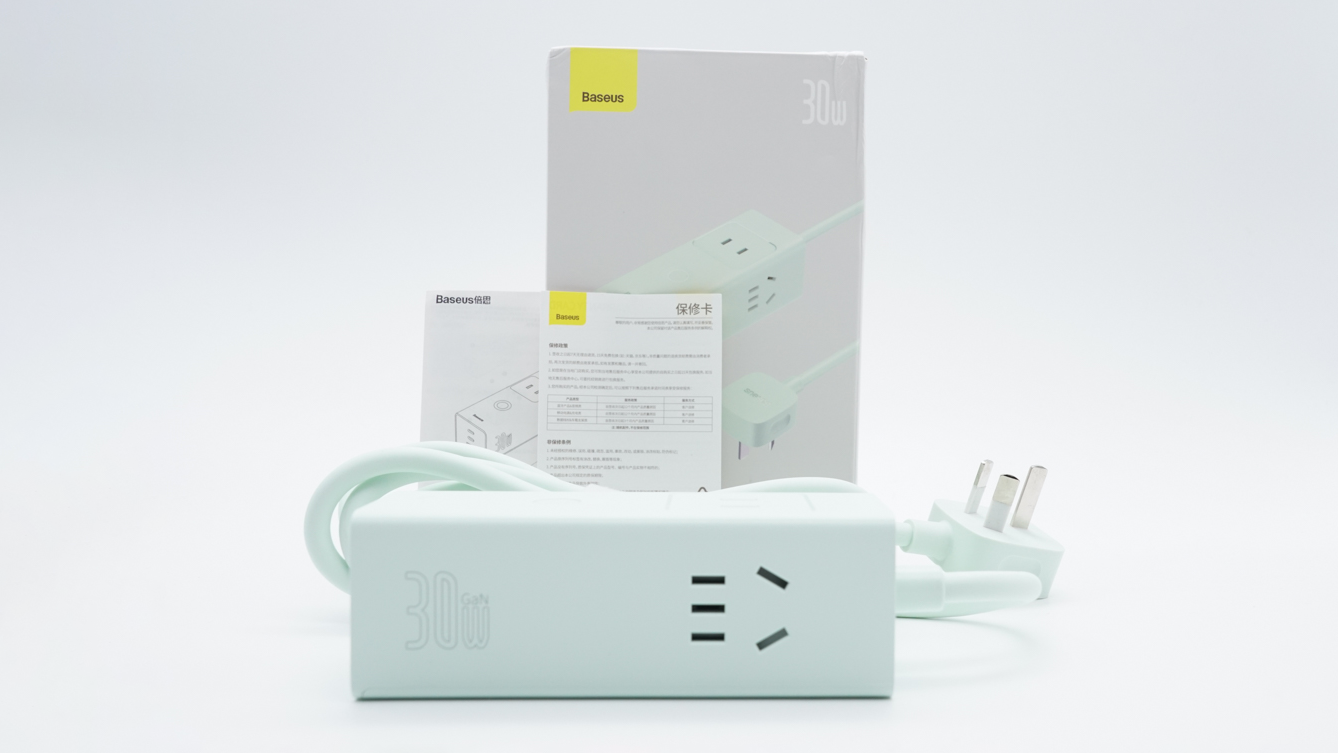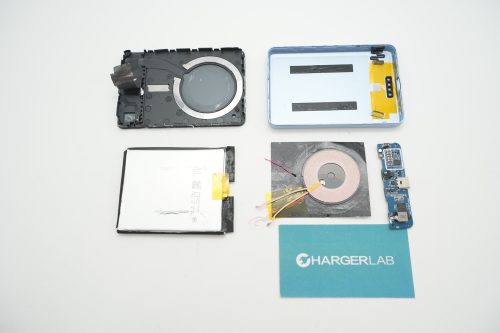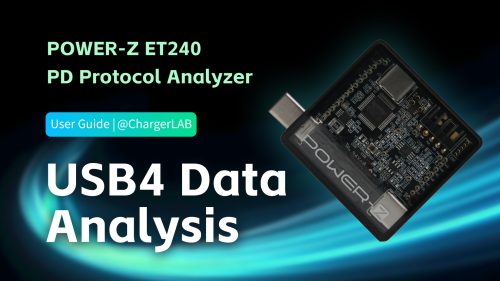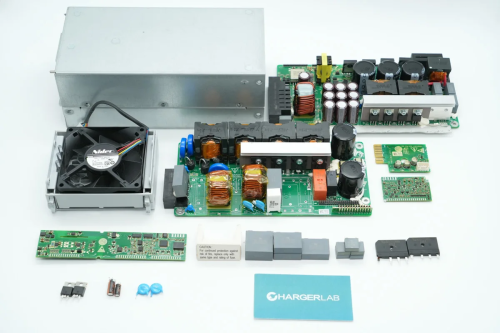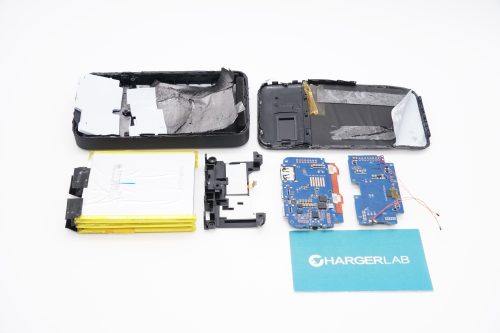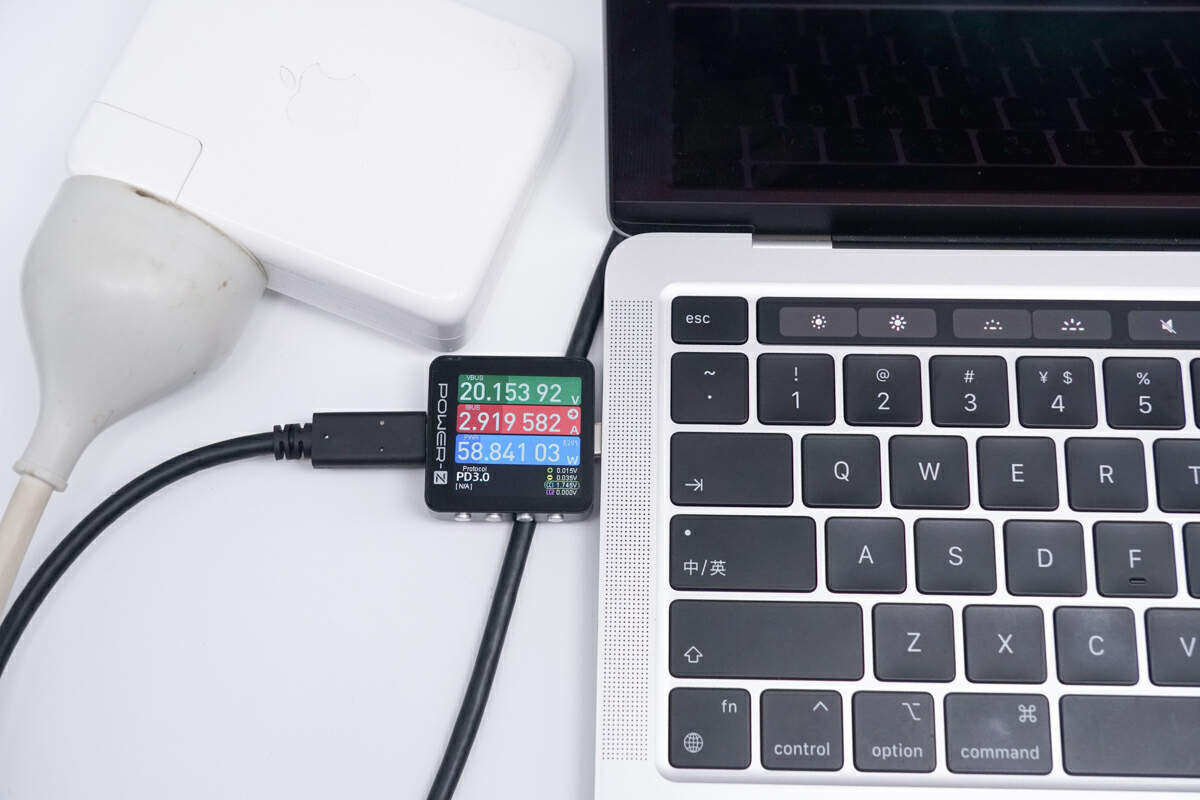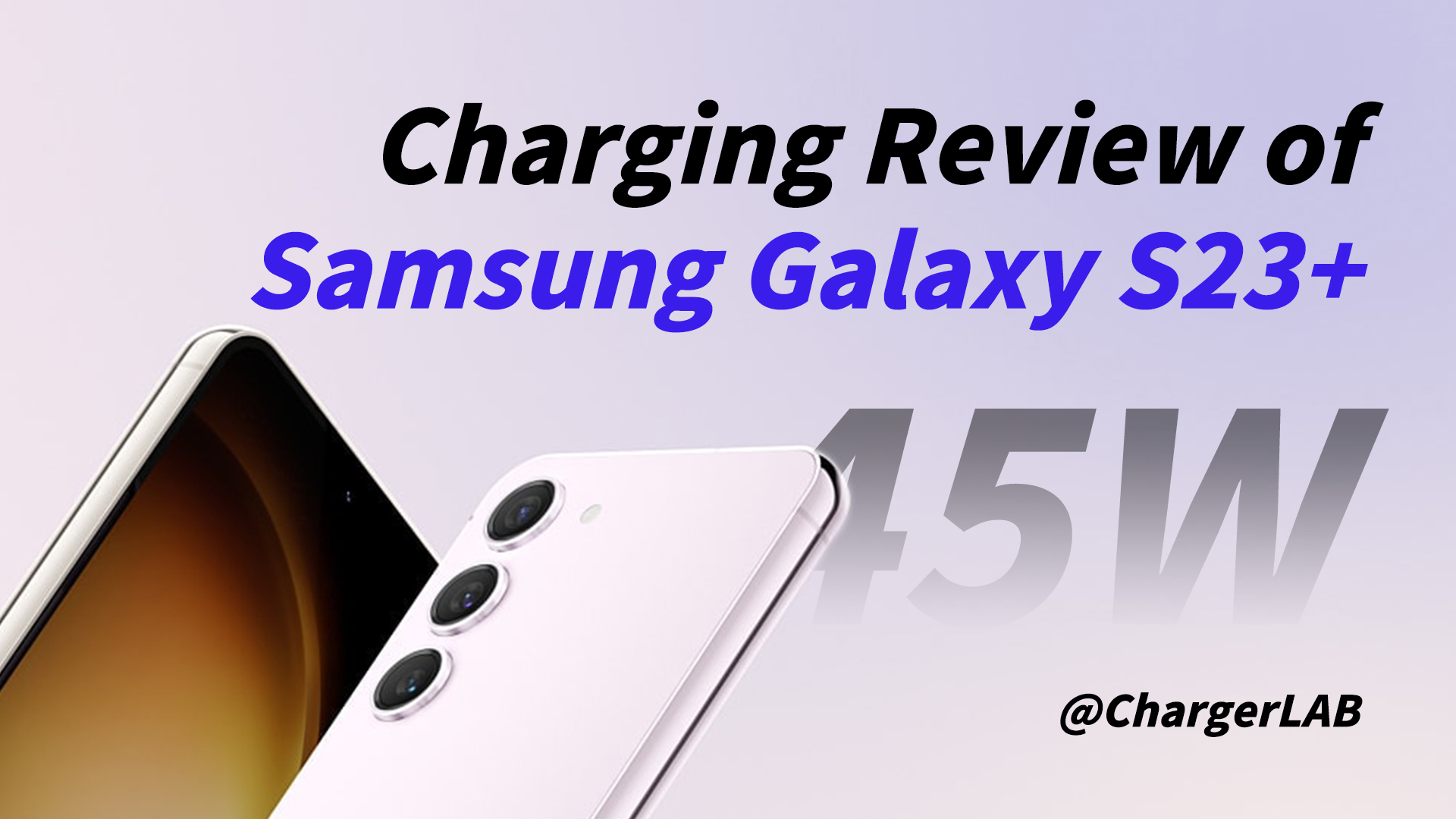Introduction
About half year ago, we made a teardown video of the Baseus PowerCombo Pro 40W 6-in-1 GaN Power Strip, which adopts GaN technology, and you can charge up to six devices at a time through the AC and DC outlets. Today, we got our hands on the 30W version of it. Let's see how this power strip performs.
Product Appearance
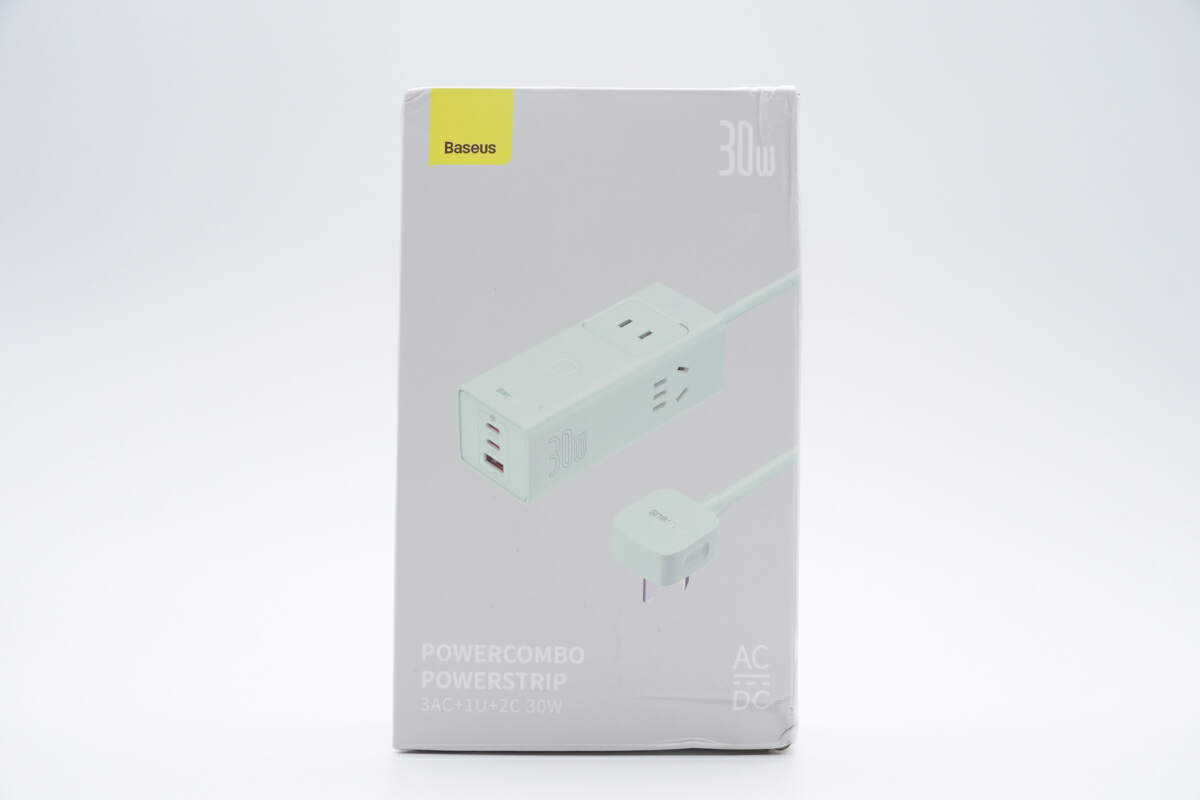
The packaging box of Baseus PowerCombo 30W GaN Power Strip adopts gray and white design, the product and its name are printed on the front.
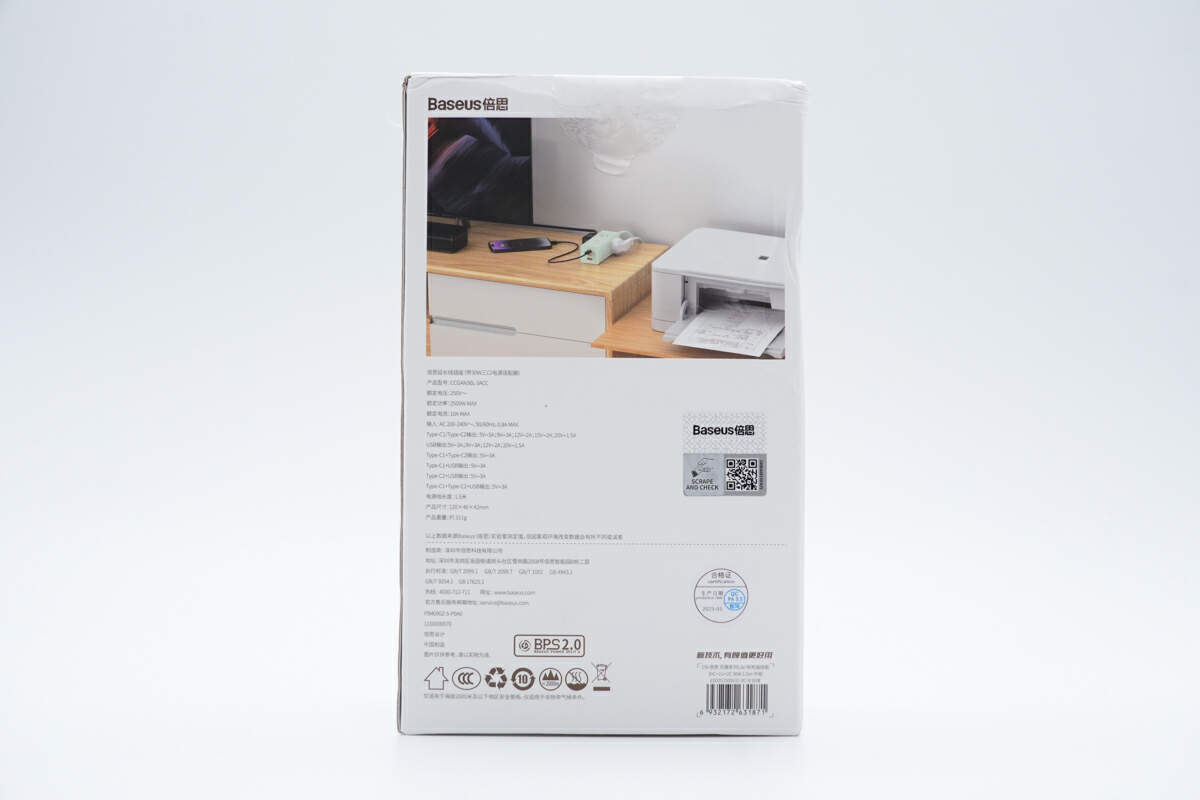
And the usage scenario picture with specs info and some selling points are on the back.
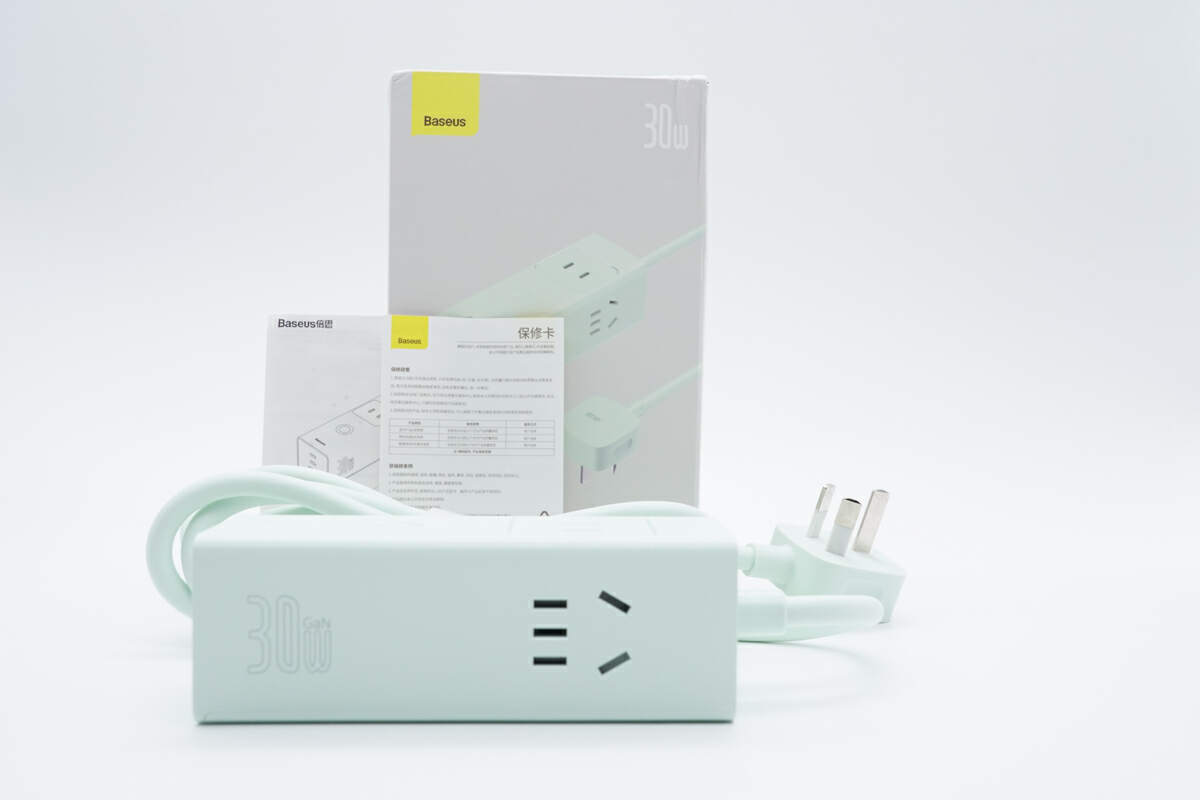
Open the box, it contains some documents and the power strip itself.
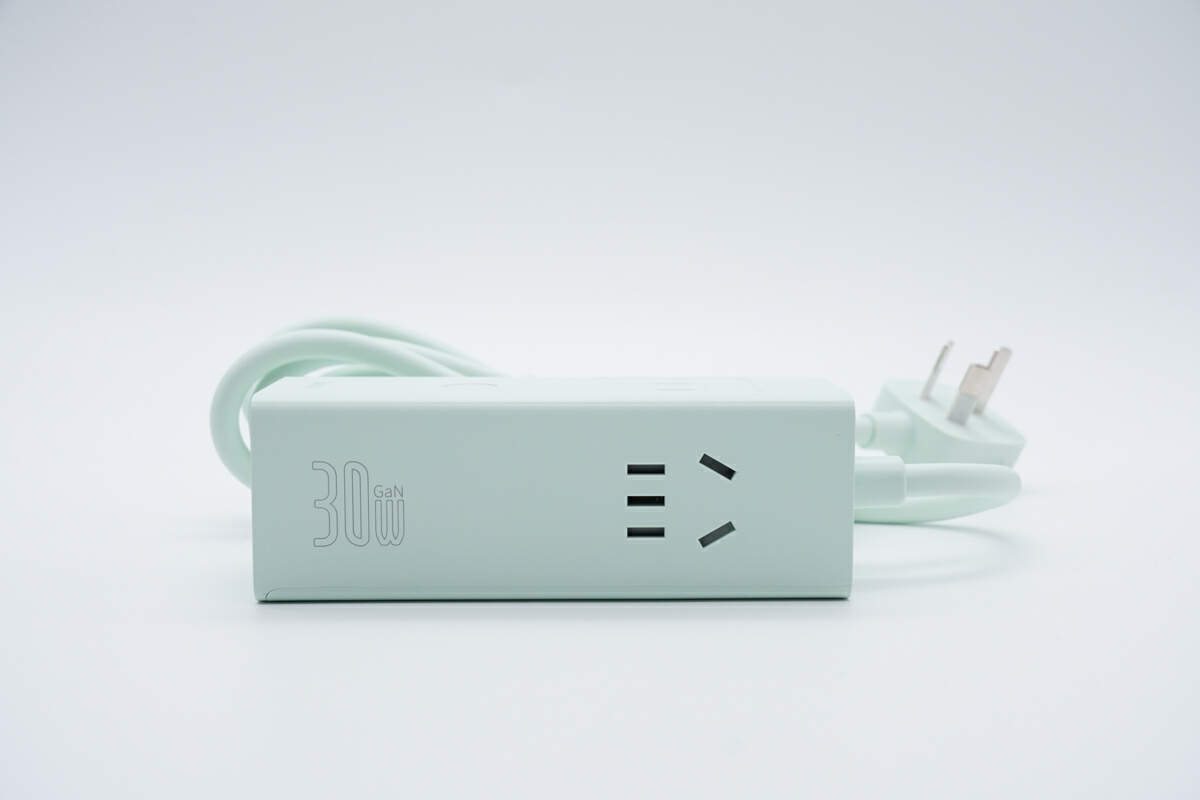
It is made of matte PC material with matcha green color and is small in size thanks to GaN technology.
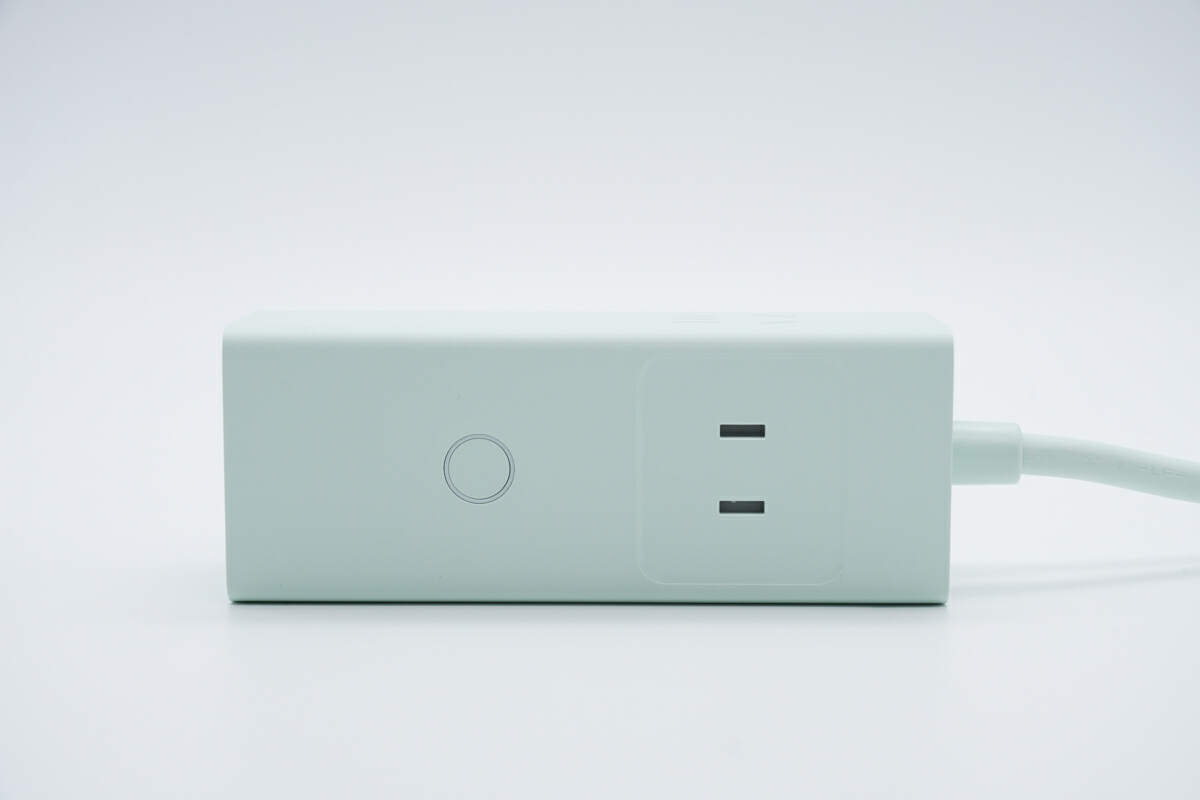
There is a two-prong AC outlet on the top,and the power button is next to it.
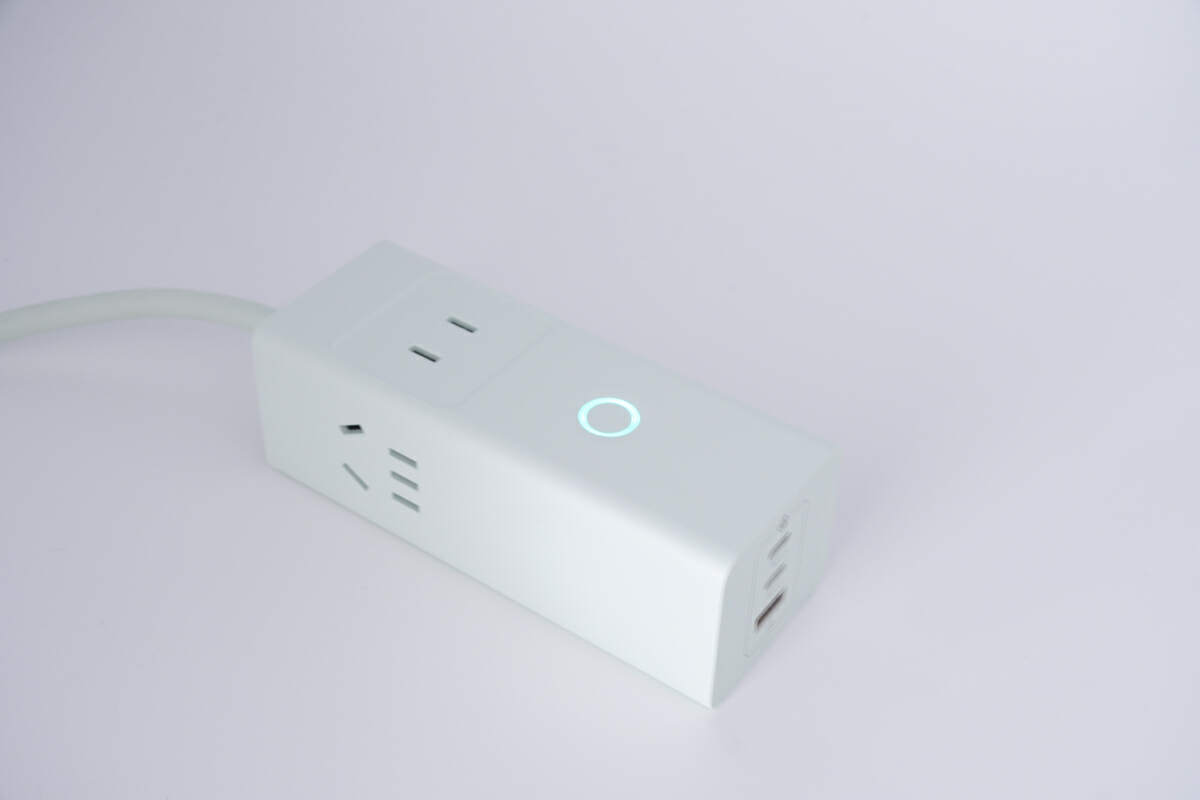
After power on, the indicator light shows the working status in real time; the soft halo light is not dazzling when used at night.
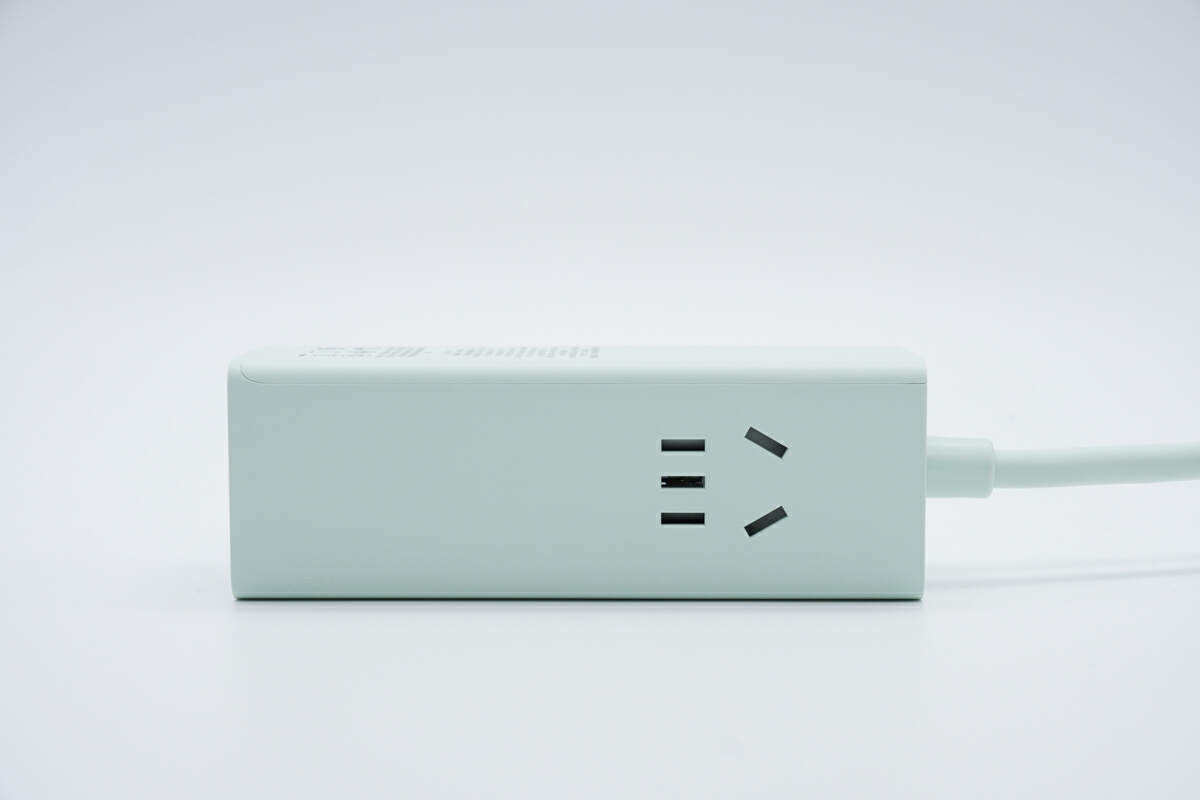
And a three-prong outlet is located on the other side with child protection door to prevent accidental electric shock.
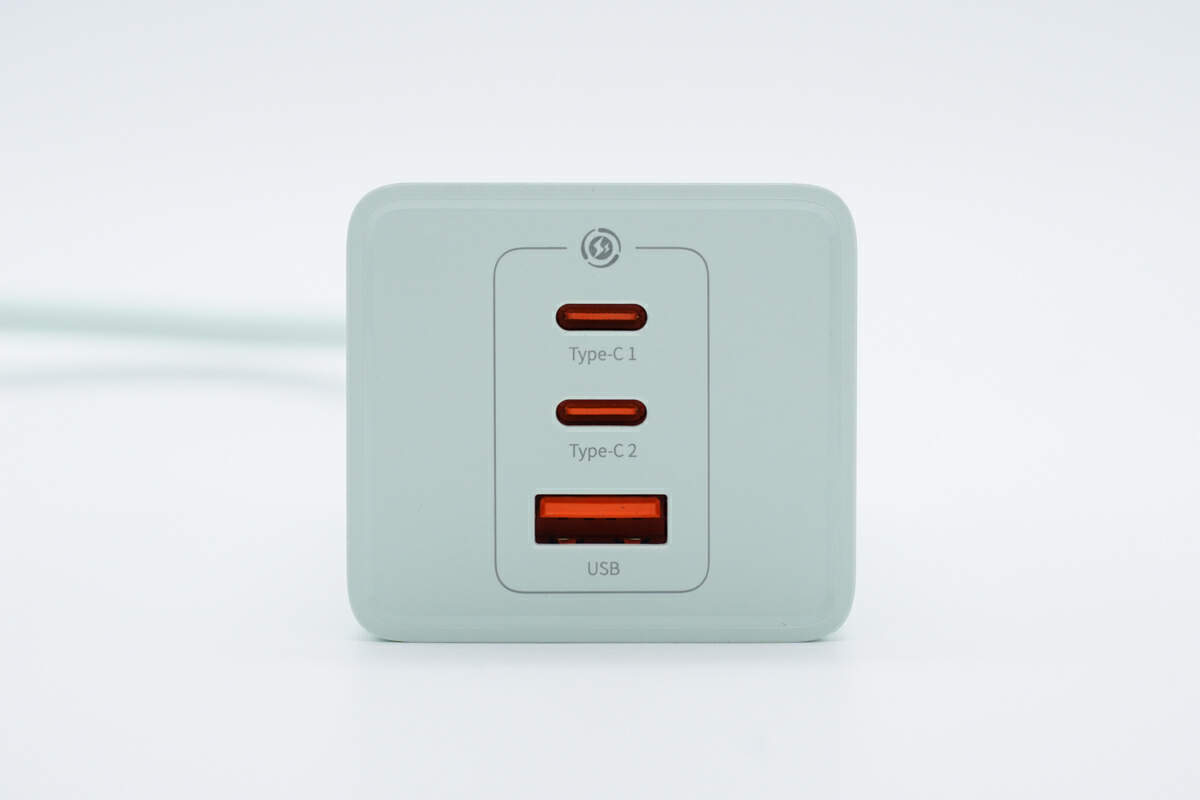
Two USB-C and one USB-A port are set on the front panel with orange color.
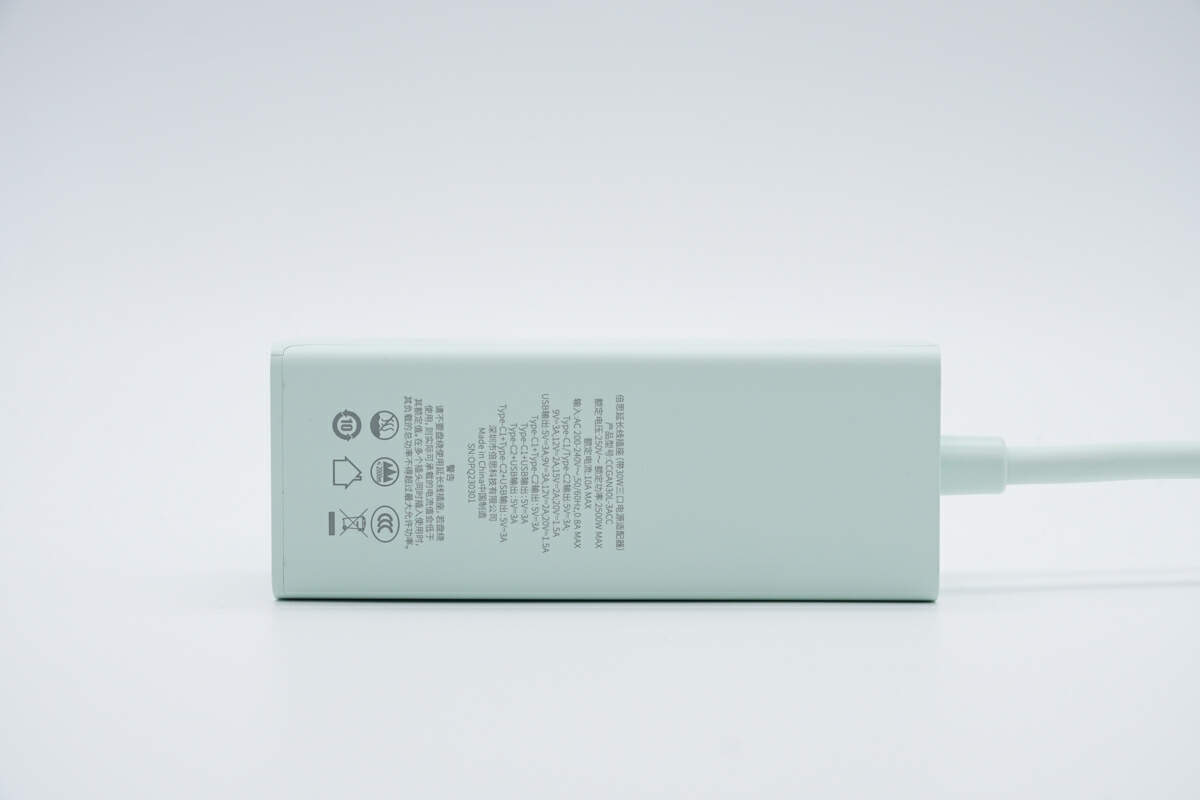
All specs info are printed at the bottom. Model is CCGAN30L-3ACC. It can support input of 200-240V~ 50/60Hz 0.8A MAX. When using multiple USB ports, the total power is always 15W.
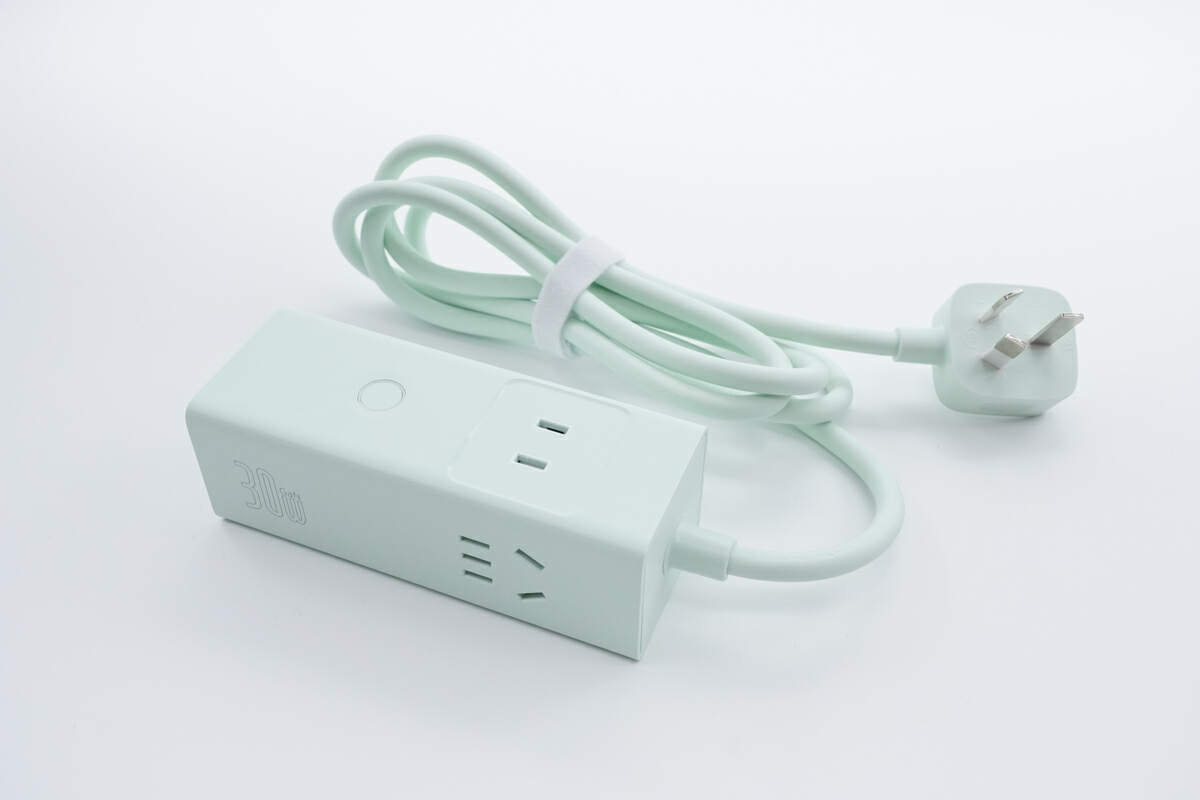
The power cord is wrapped and fixed with a white magic cable tie.
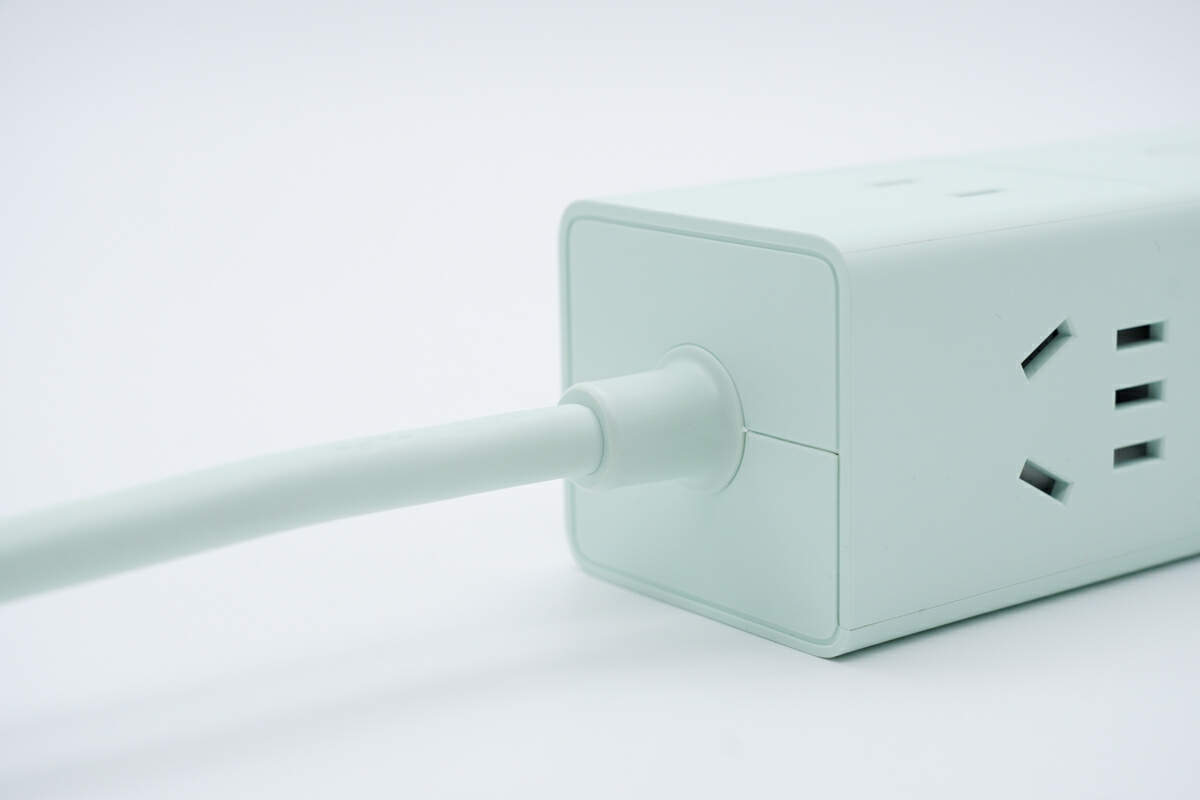
And there is a rubber sleeve at the junction of the power cord and the power strip. Pretty solid.
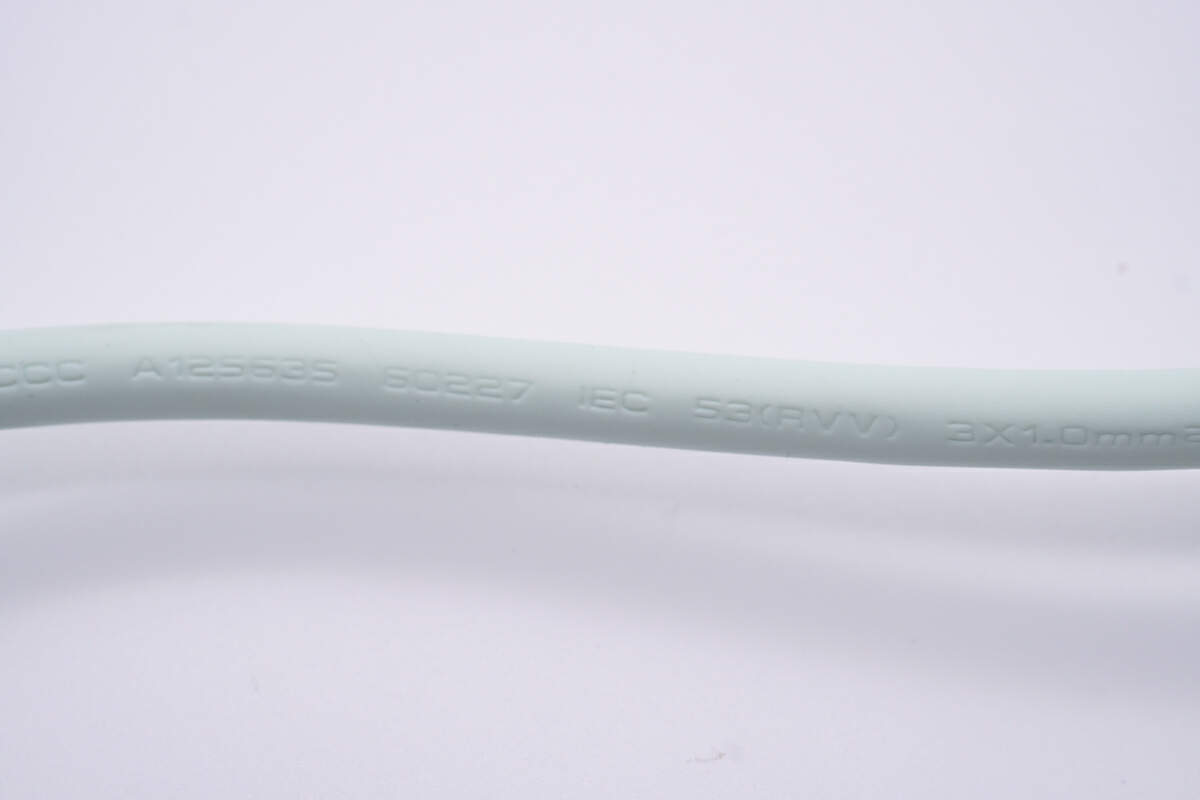
The 3 x 1.mm² power cord also feels pretty sturdy.
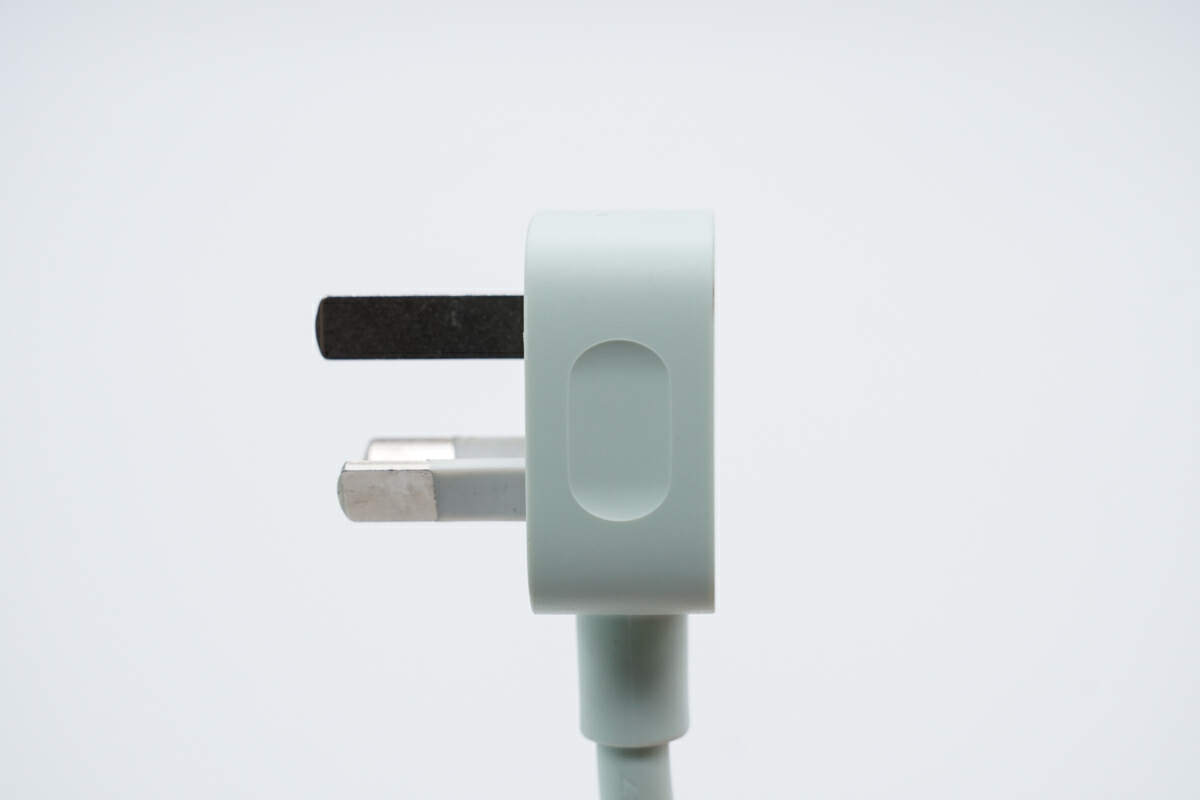
The side of the three-prong plug has a recessed area for easier insertion and removal.
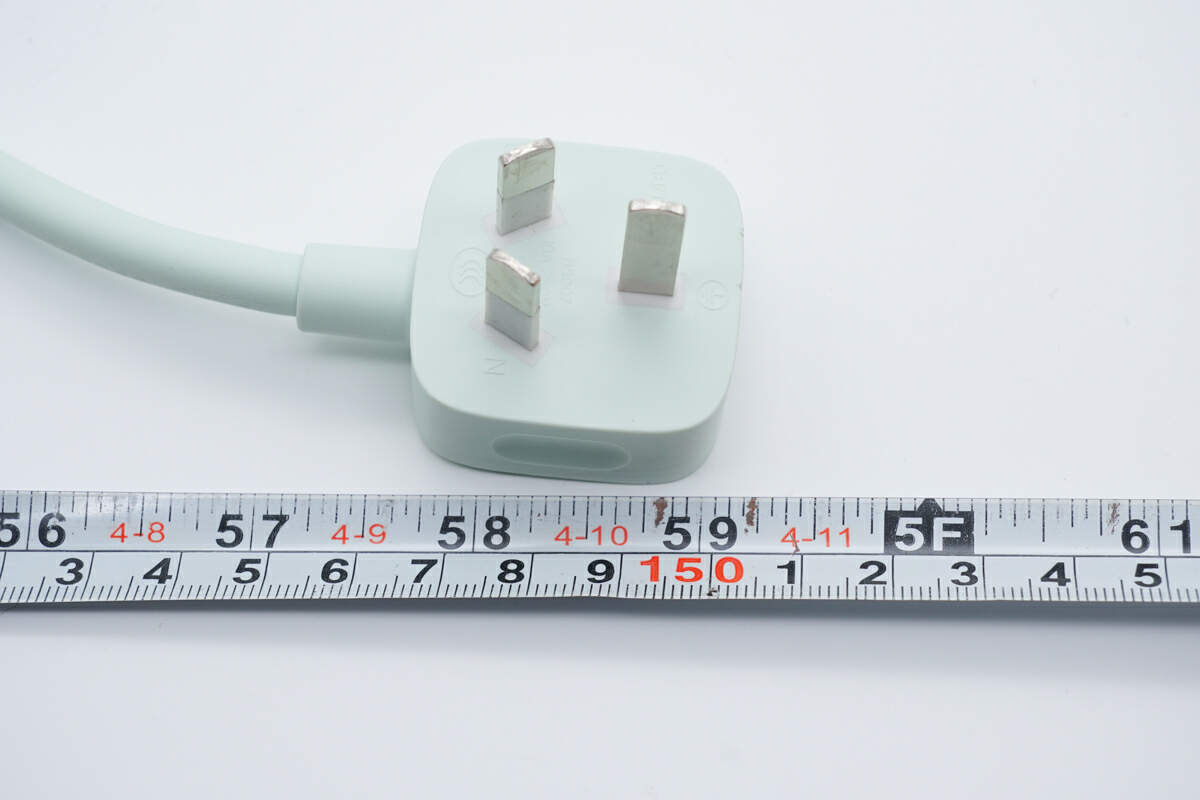
The length of the power cord is 1.5m (4.92 ft)
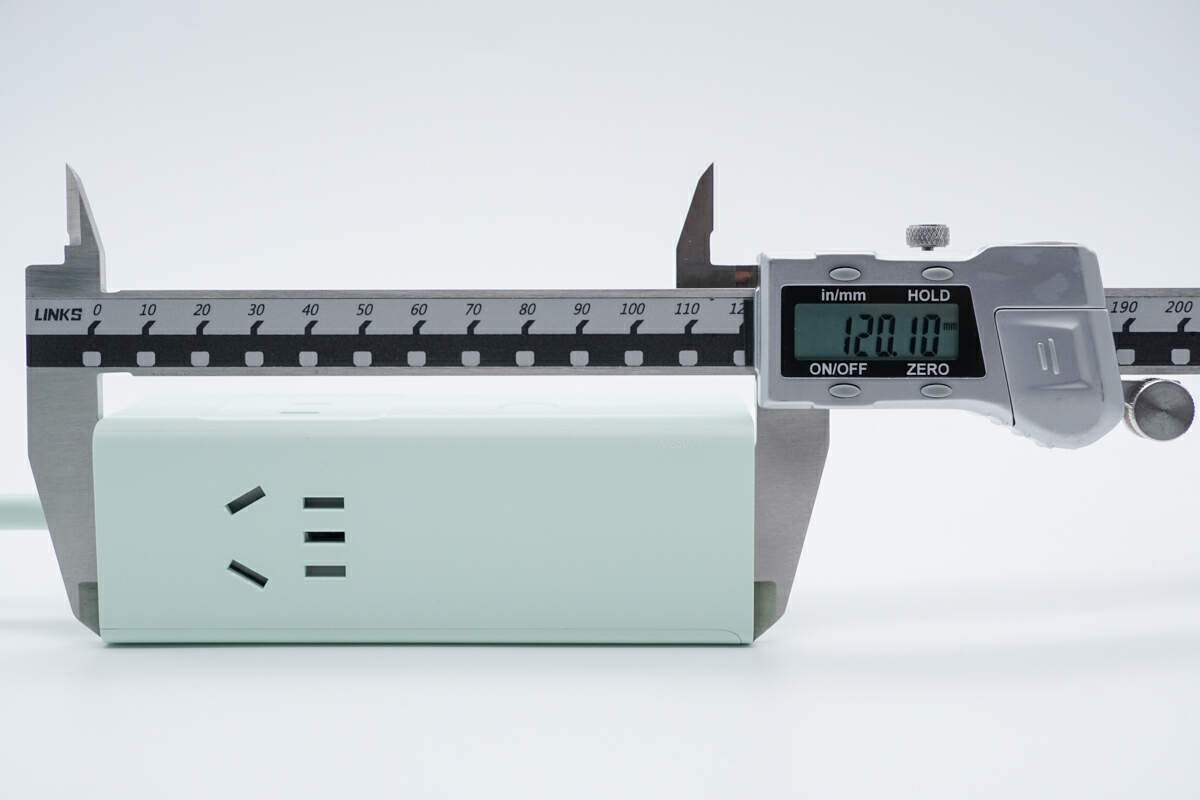
The overall length of this power strip is about 120mm (4.72 inches).
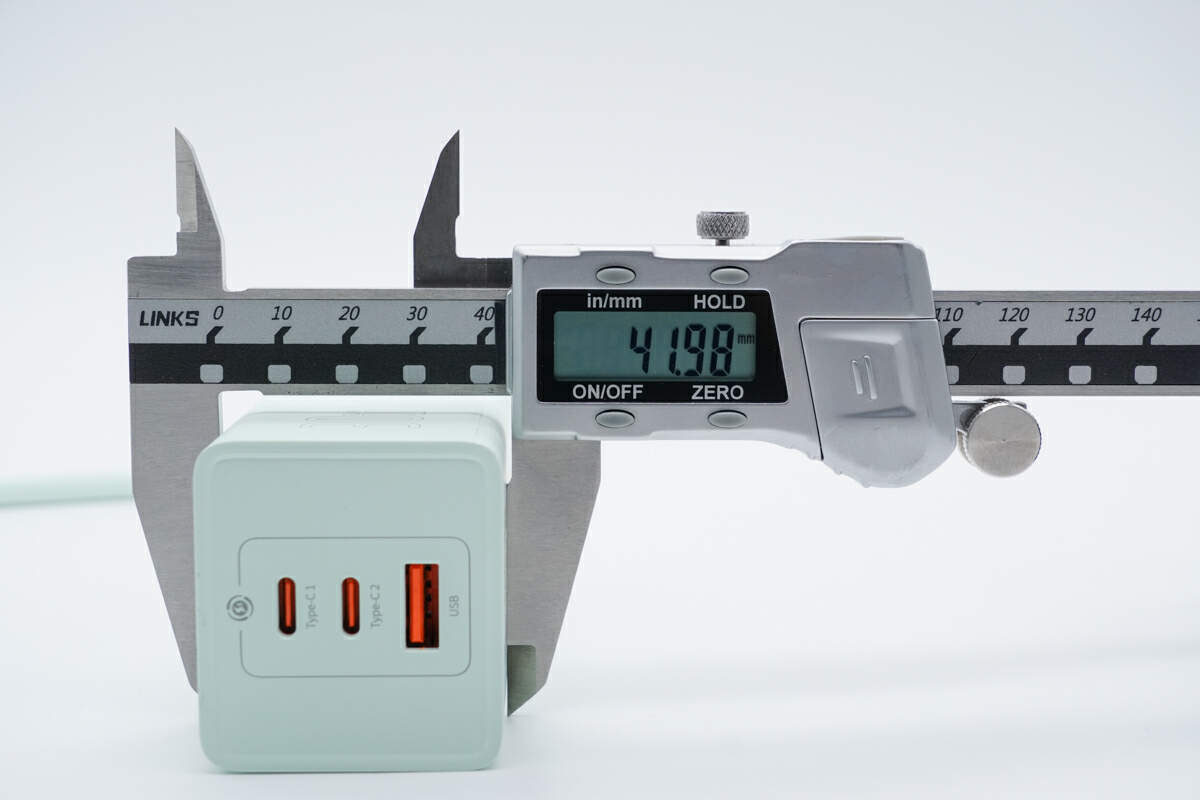
The width is about 42mm (1.65 inches).
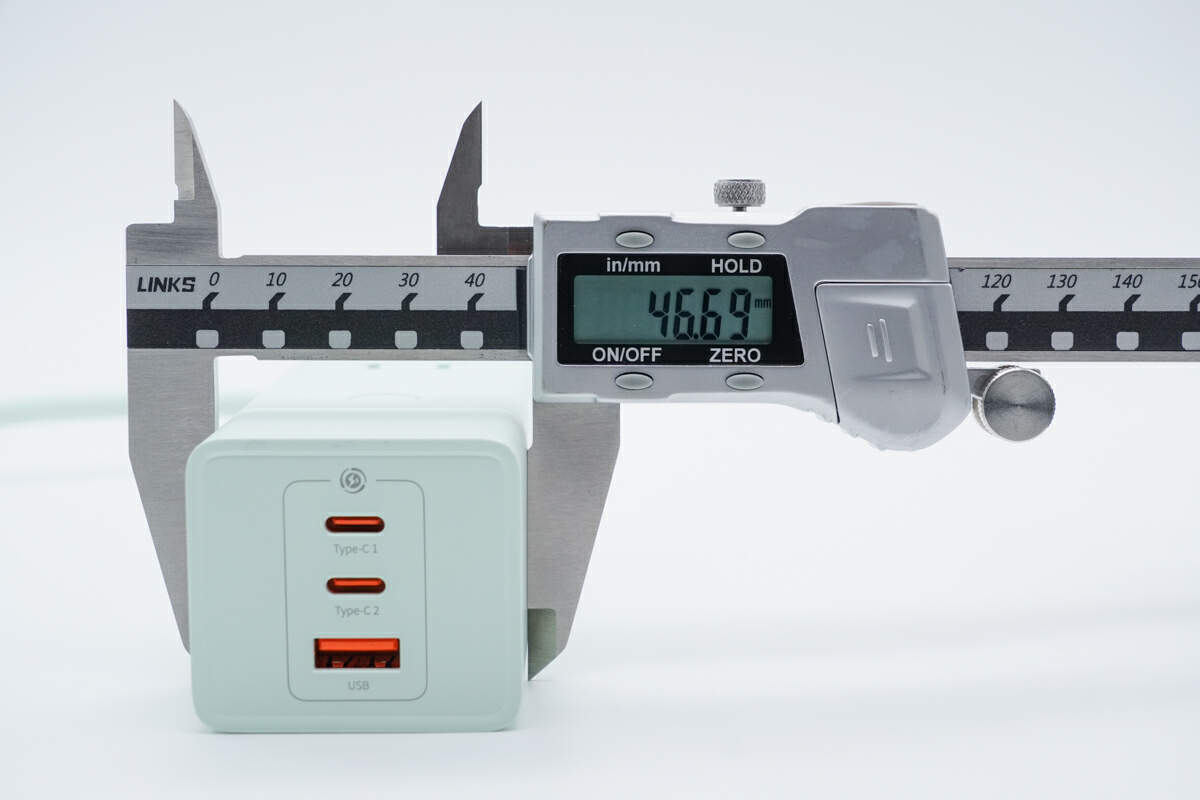
The height is about 47mm (1.85 inches)
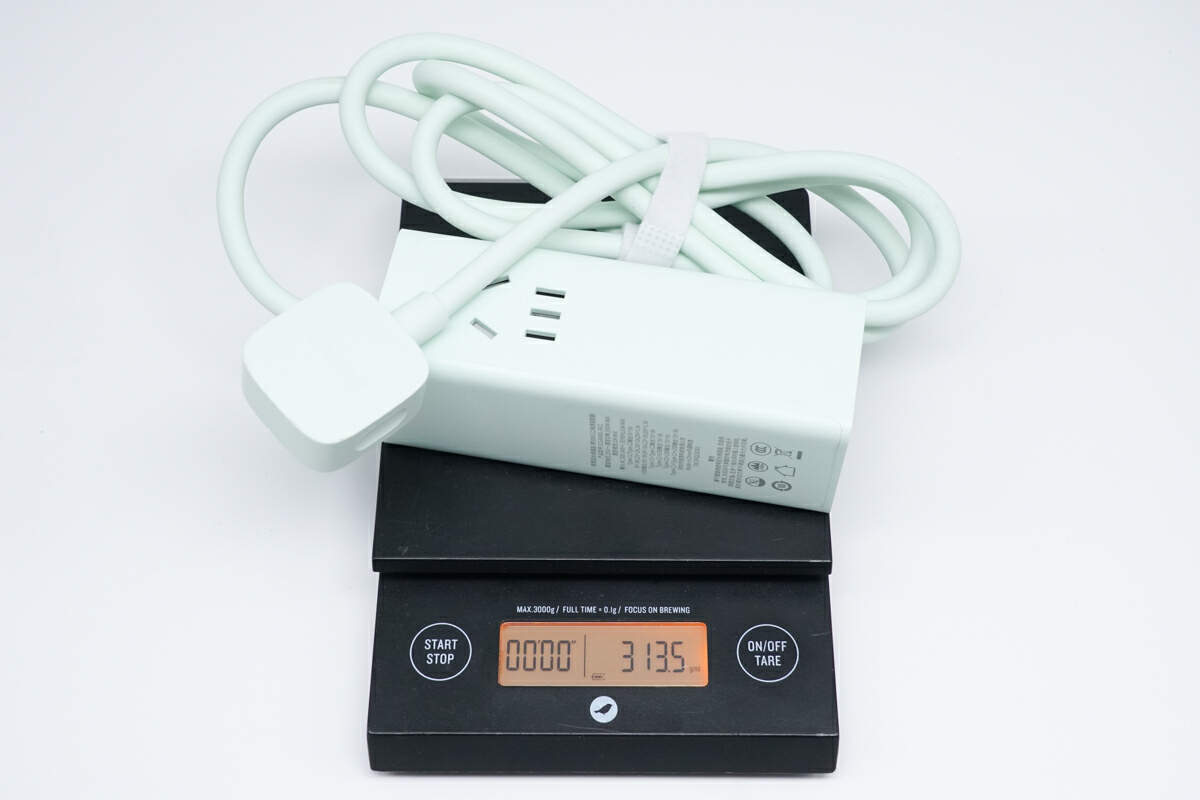
And the weight is about 314g (11.08 oz).
Protocol Test
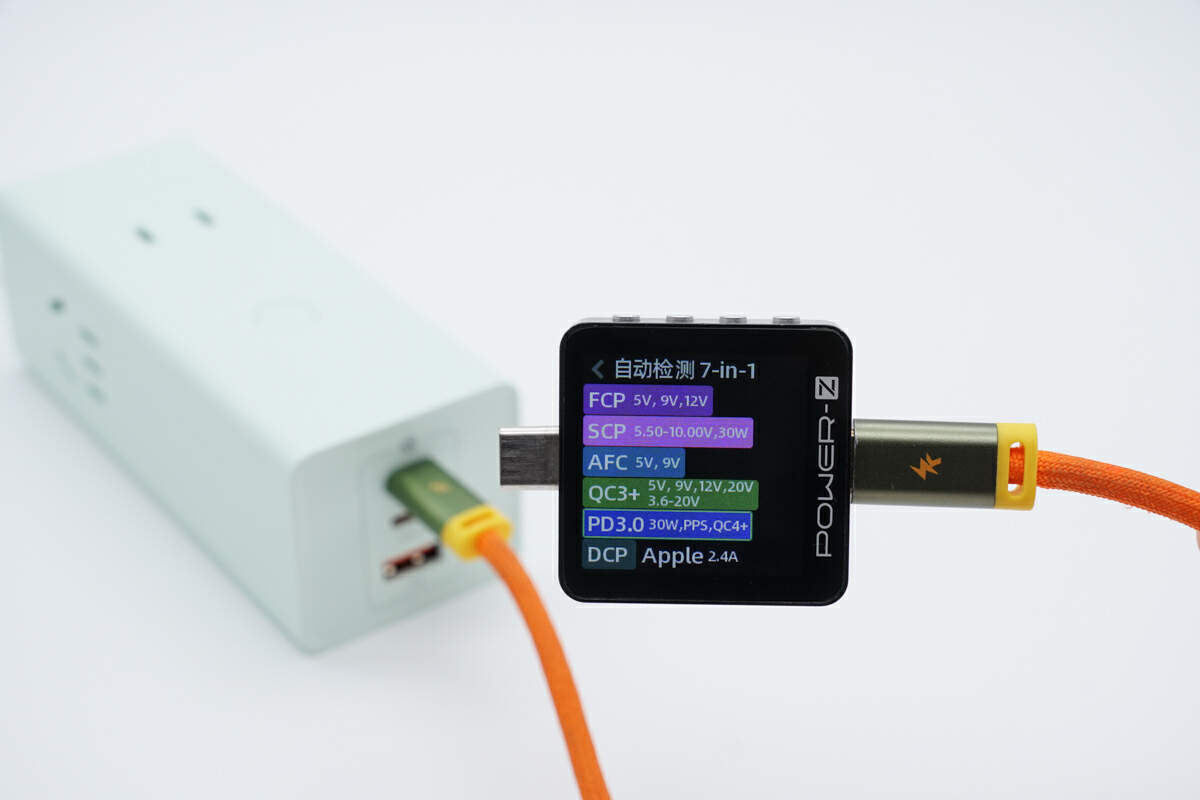
The ChargerLAB POWER-Z KM003C shows the USB-C1 port supports FCP, SCP, AFC, QC3+, QC4+, PD3.0, DCP, Apple 2.4A and PPS fast charging protocols.
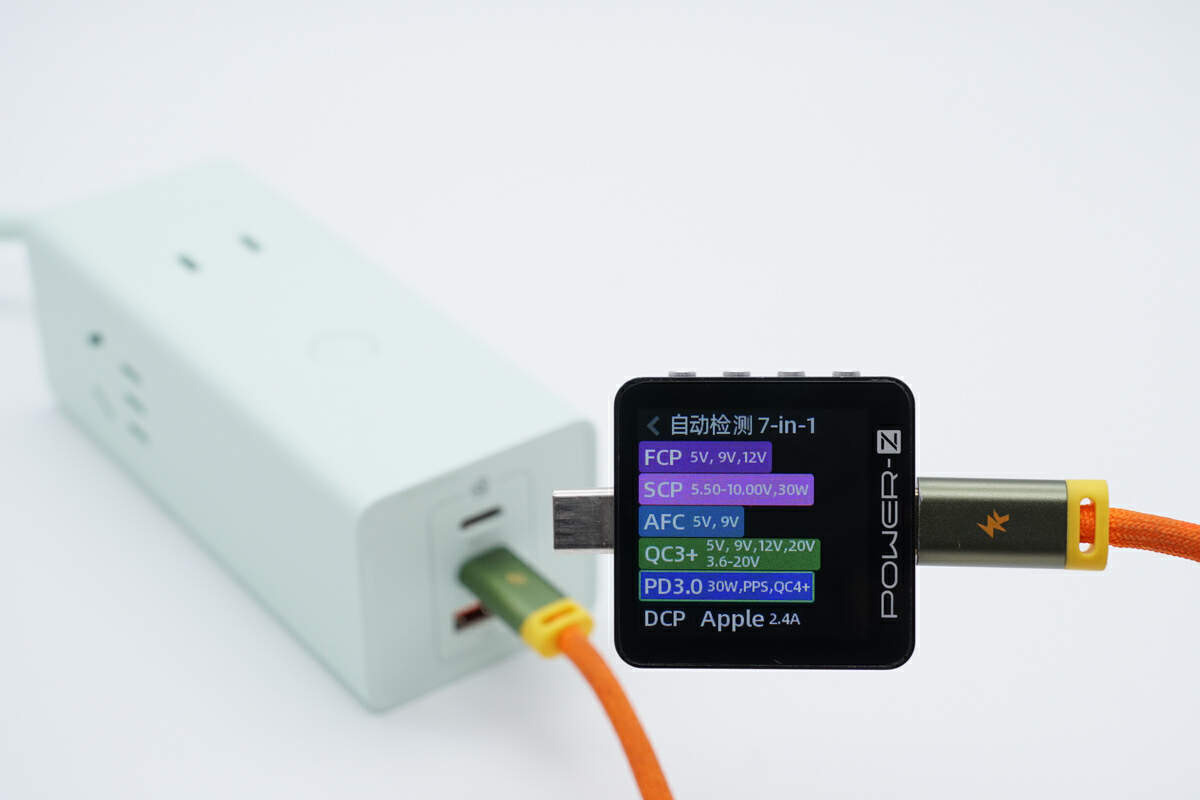
And the USB-C2 port shows the exact same protocols.
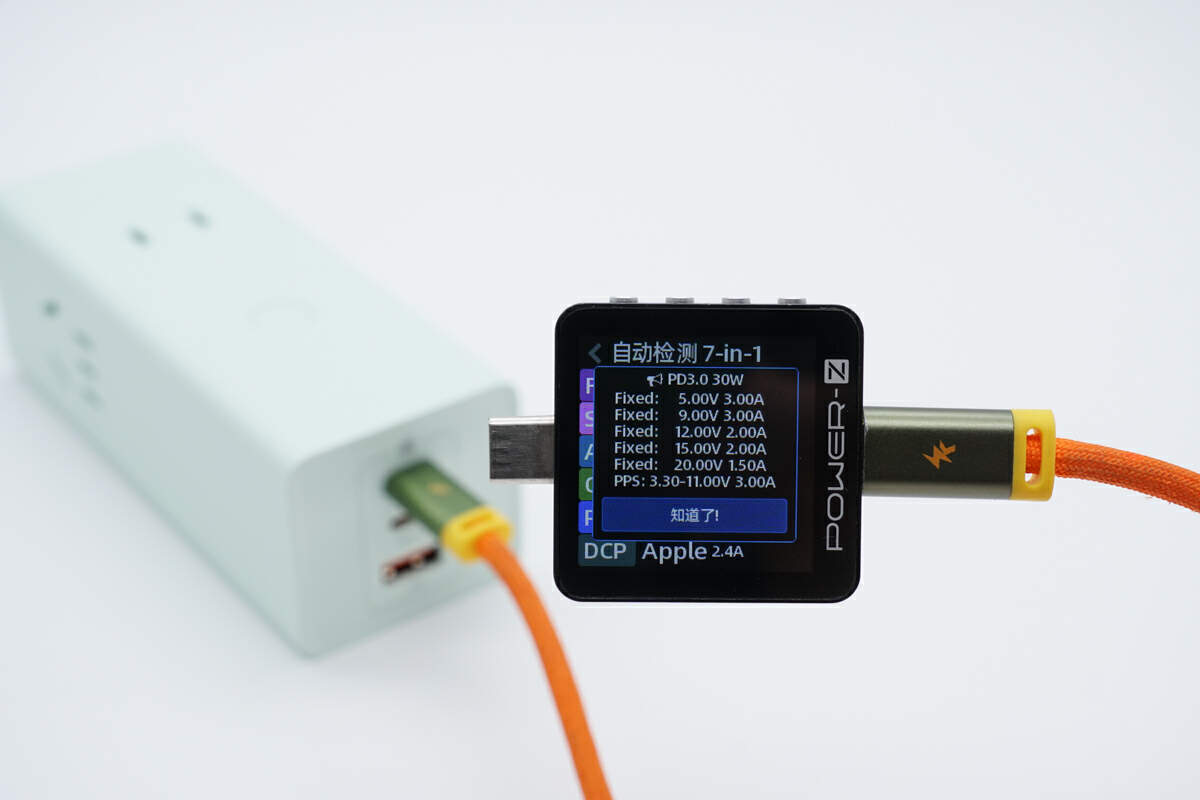
The USB-C1 has five fixed PDOs of 5V3A, 9V3A, 12V2A, 15V2A, and 20V1.5A, and one set of PPS.
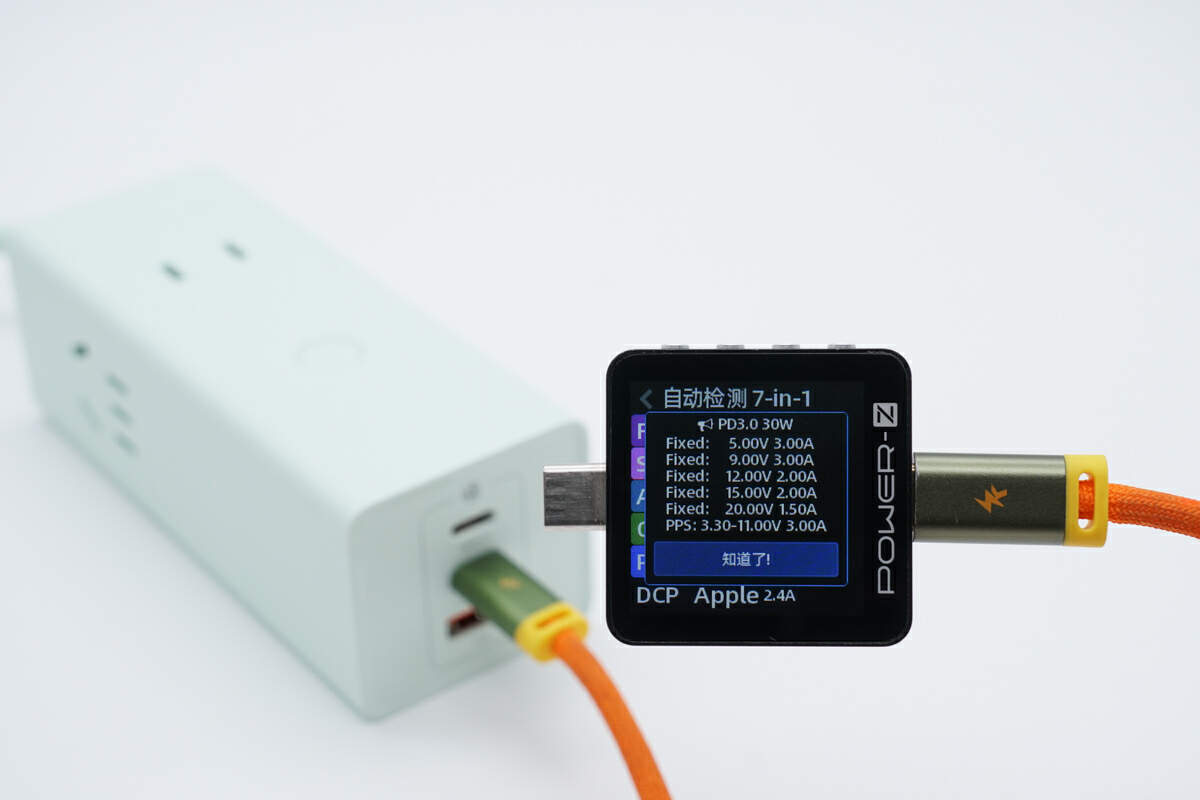
And one again, the USB-C2 port shows the exact same PDOs. So the performance of these two ports should be the same.
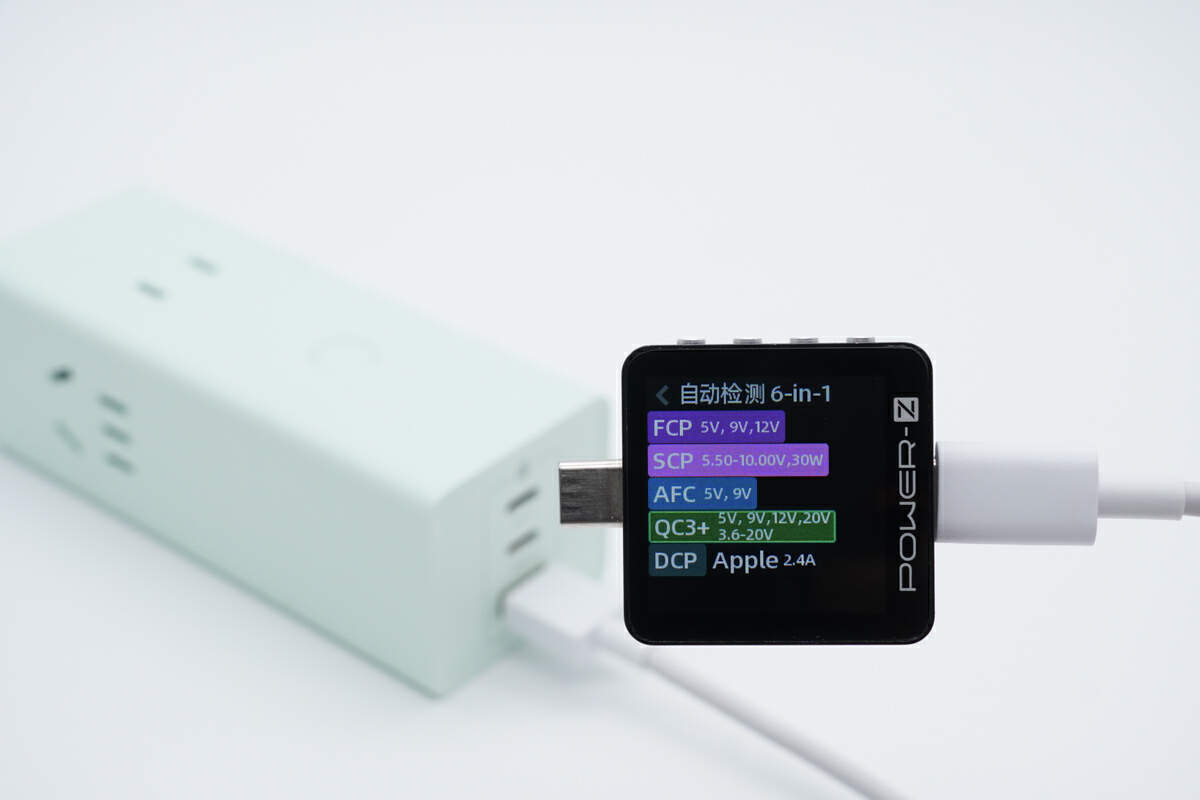
As for the USB-A port, it can support FCP, SCP, AFC, QC3+, Apple 2.4A and DCP protoclos.
Charging Test
Next, we will take you on a comprehensive journey to explore this 30W power strip, providing insights into its compatibility, fully charging scenario, and standby power consumption.
Charging Compatibility Test
Based on the test results of KM003C mentioned earlier, it can be concluded that the performance of USB-C1 and USB-C2 is identical. Therefore, the parameter table only includes the details for USB-C1.
USB-C
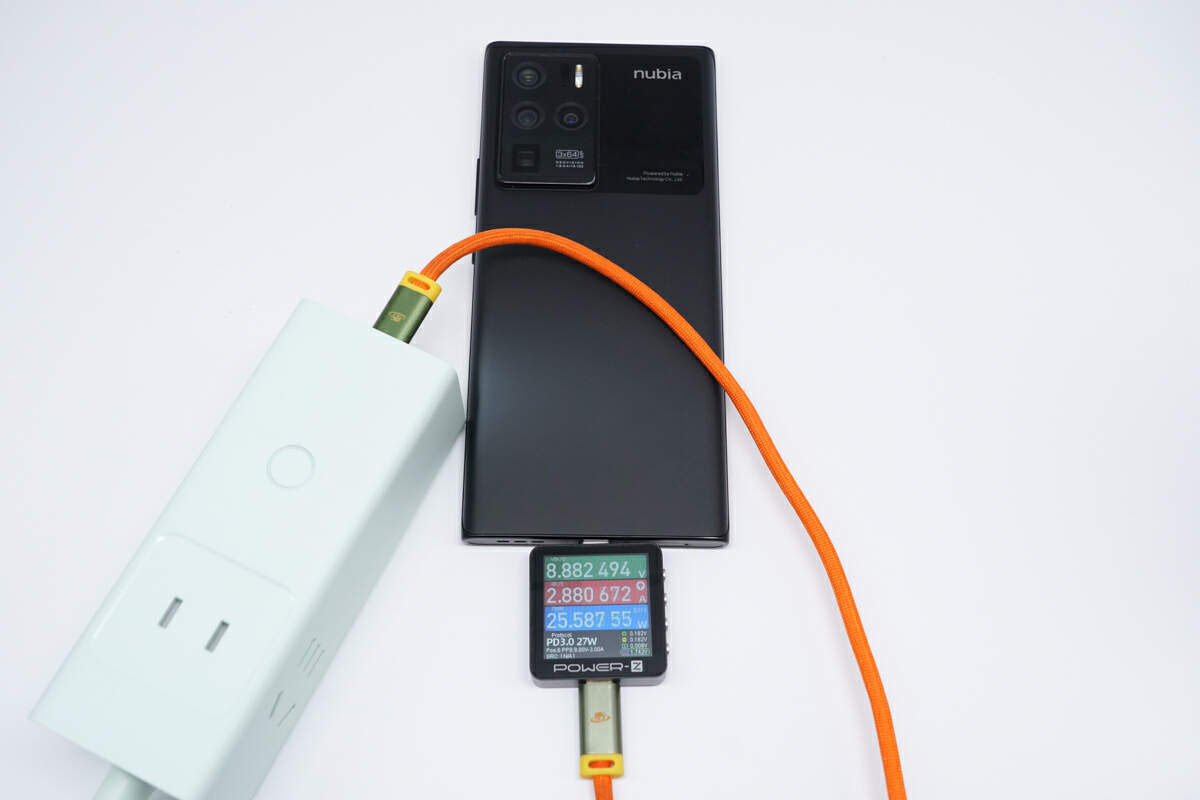
Use the USB-C1 port to charge the nubia Z30 Pro. The POWER-Z KM003C tester shows that the power is 8.88V 2.88A 25.59W.
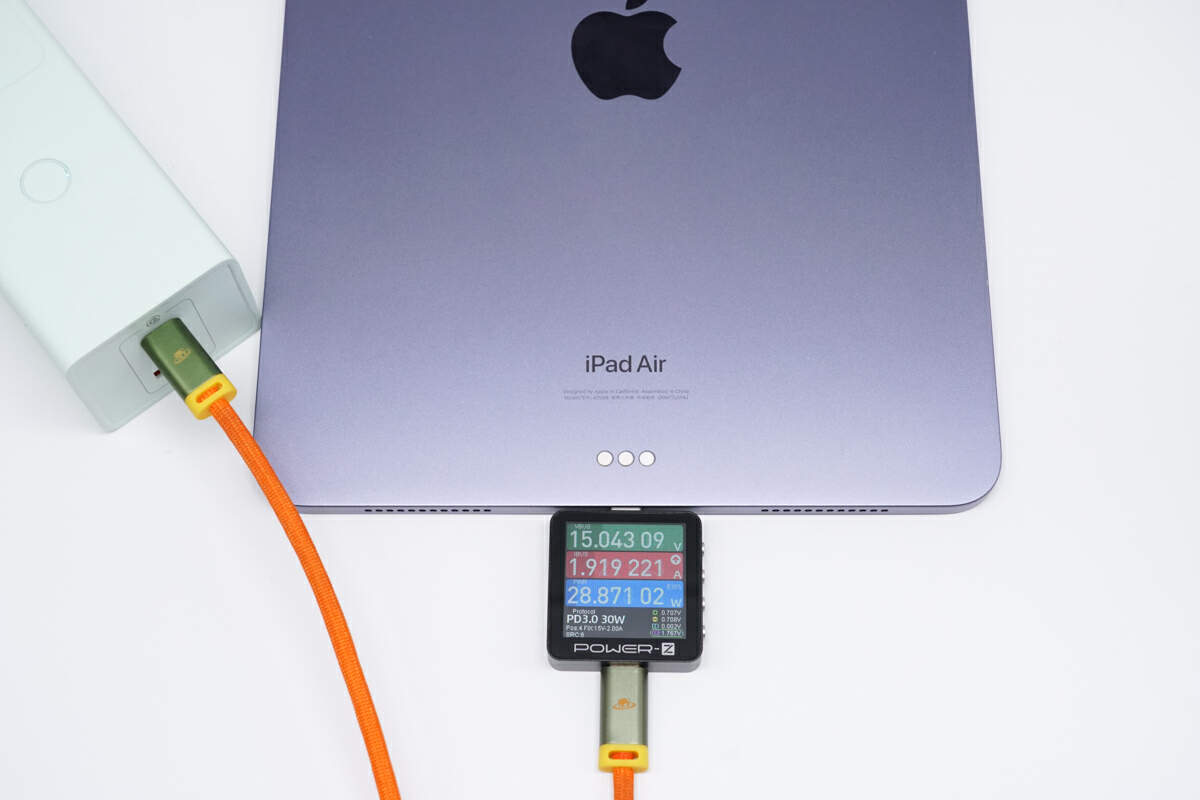
Swith to the iPad Air 5, the power becomes 15.04V 1.92A 28.87W.
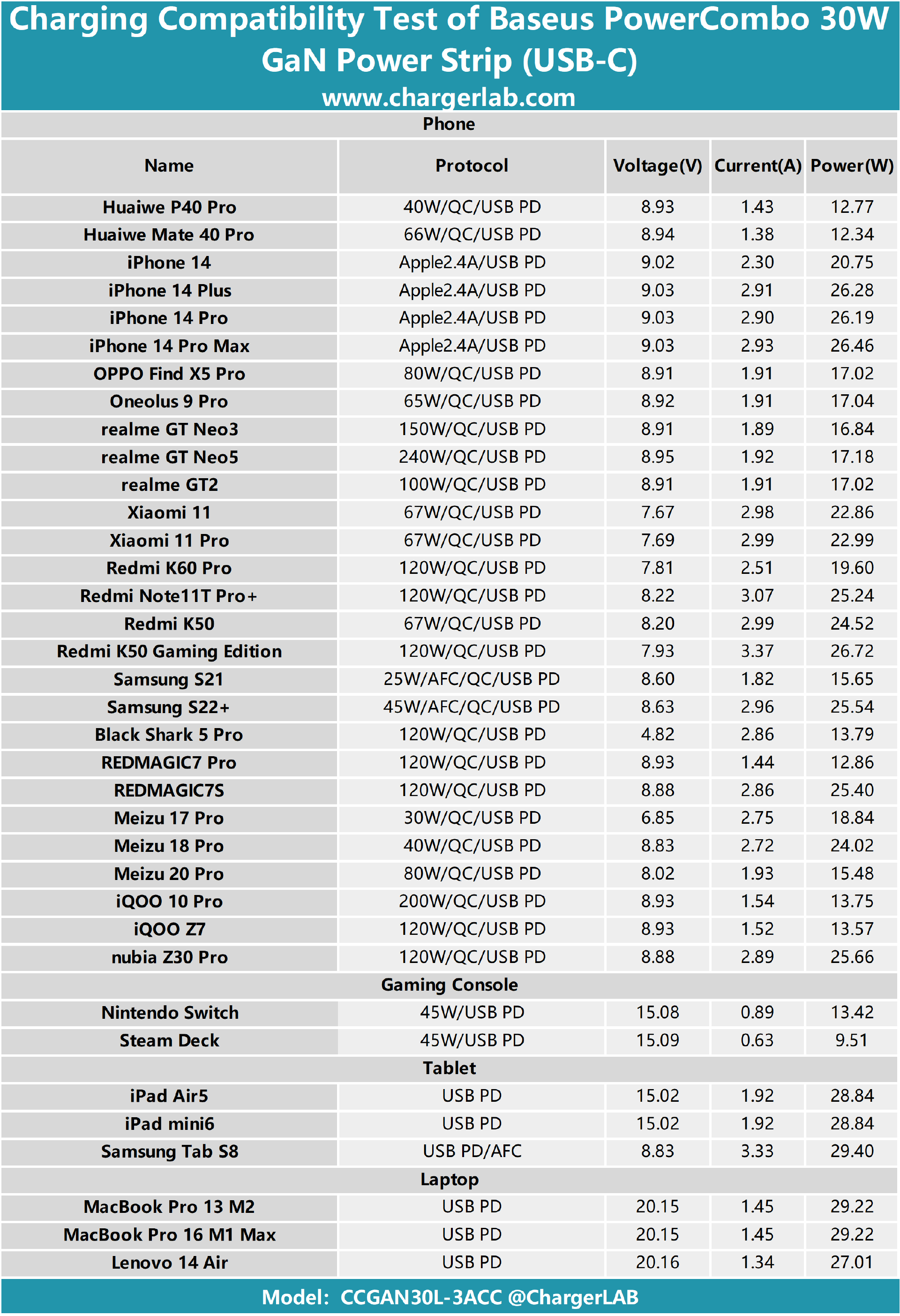
All the test data is summarized in this table. As you can see, these devices were able to trigger 9V voltage, gaming consoles and tablets is 15V, and laptops is 20V.
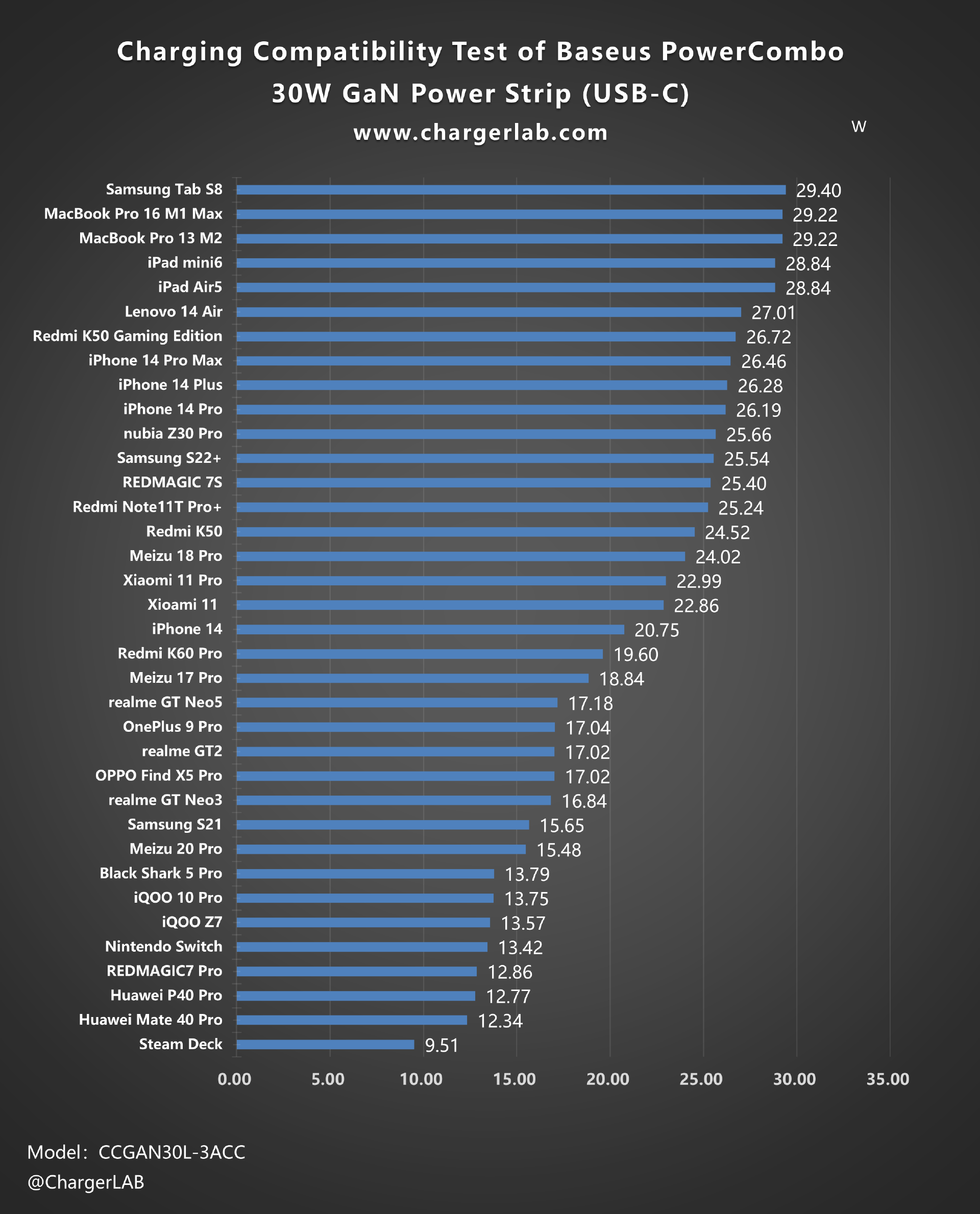
We have compiled all of the test results into a bar chart. In this test, the Samsung Tab S8 had the highest charging power of 29.4W, which was closely matched of other tablets and computers. As for the smartphones, the power did not vary significantly and remained around 26W, 17W, and 13W. Overall, the compatibility performance was good.
USB-A
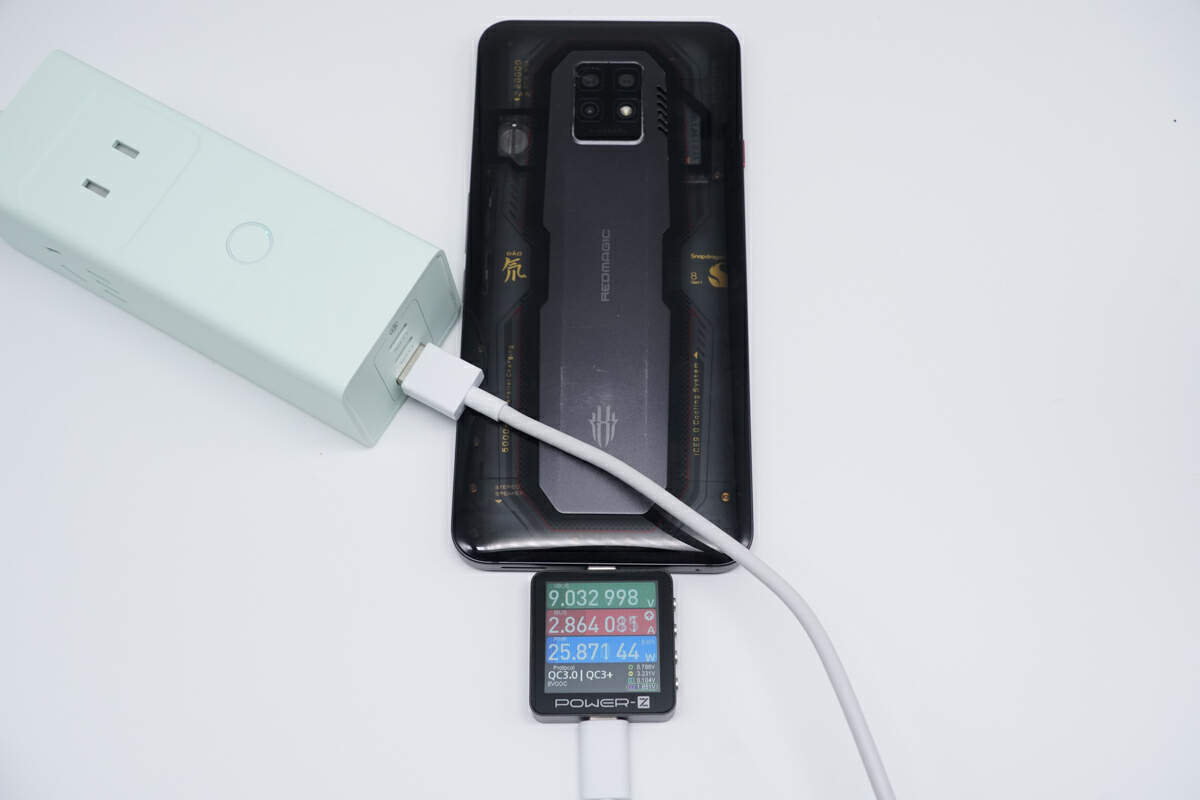
Moving on to the USB-A port. The maximum power for the REDMAGIC 7 Pro is 9.03V 3.86A 25.87W.
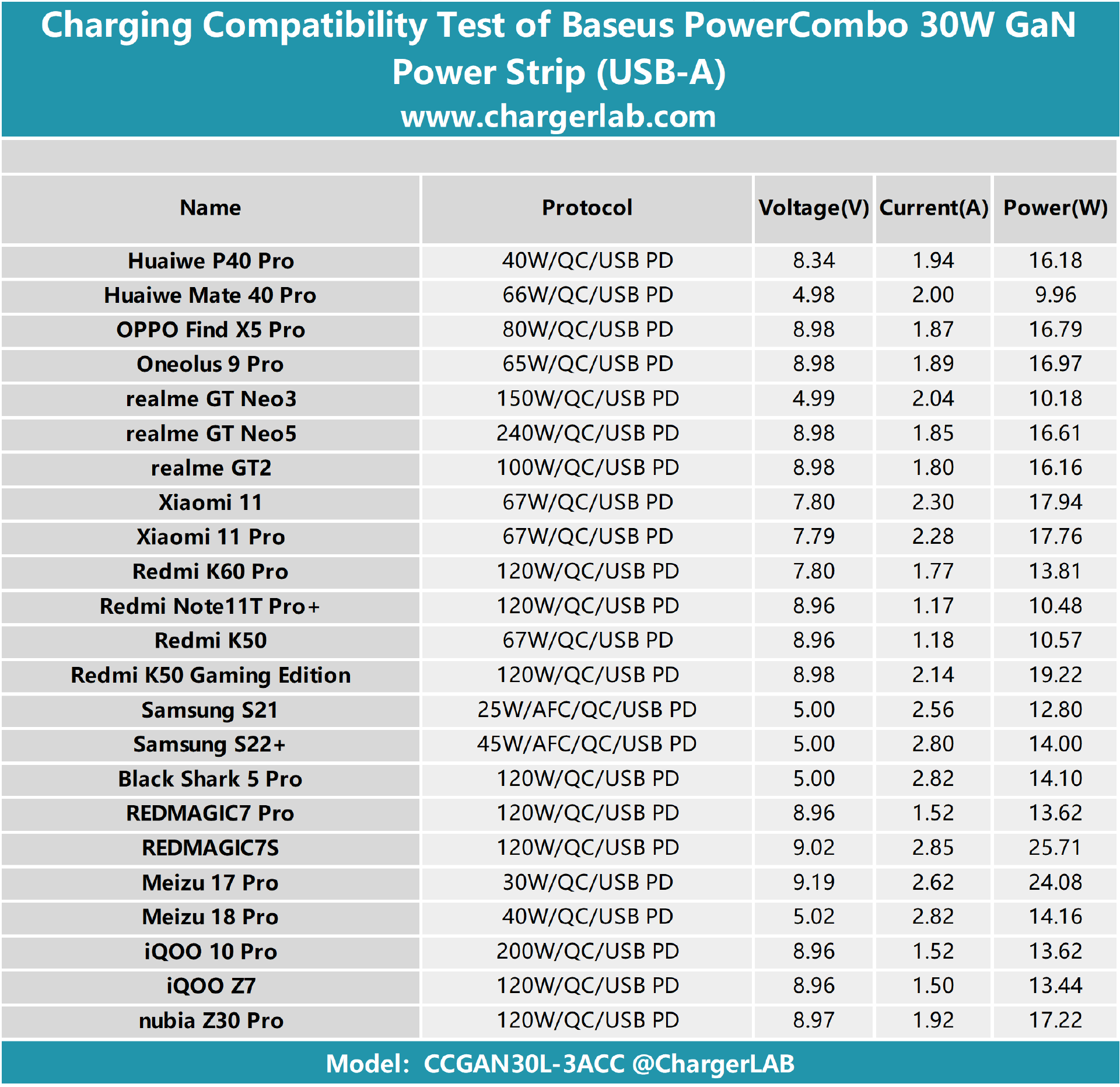
The results are presented in a table. Most of the models can trigger 9V. It is noteworthy that this port has a maximum power capability of 30W as well. As a result, the test outcomes indicated no notable disparity when compared to the USB-C port.
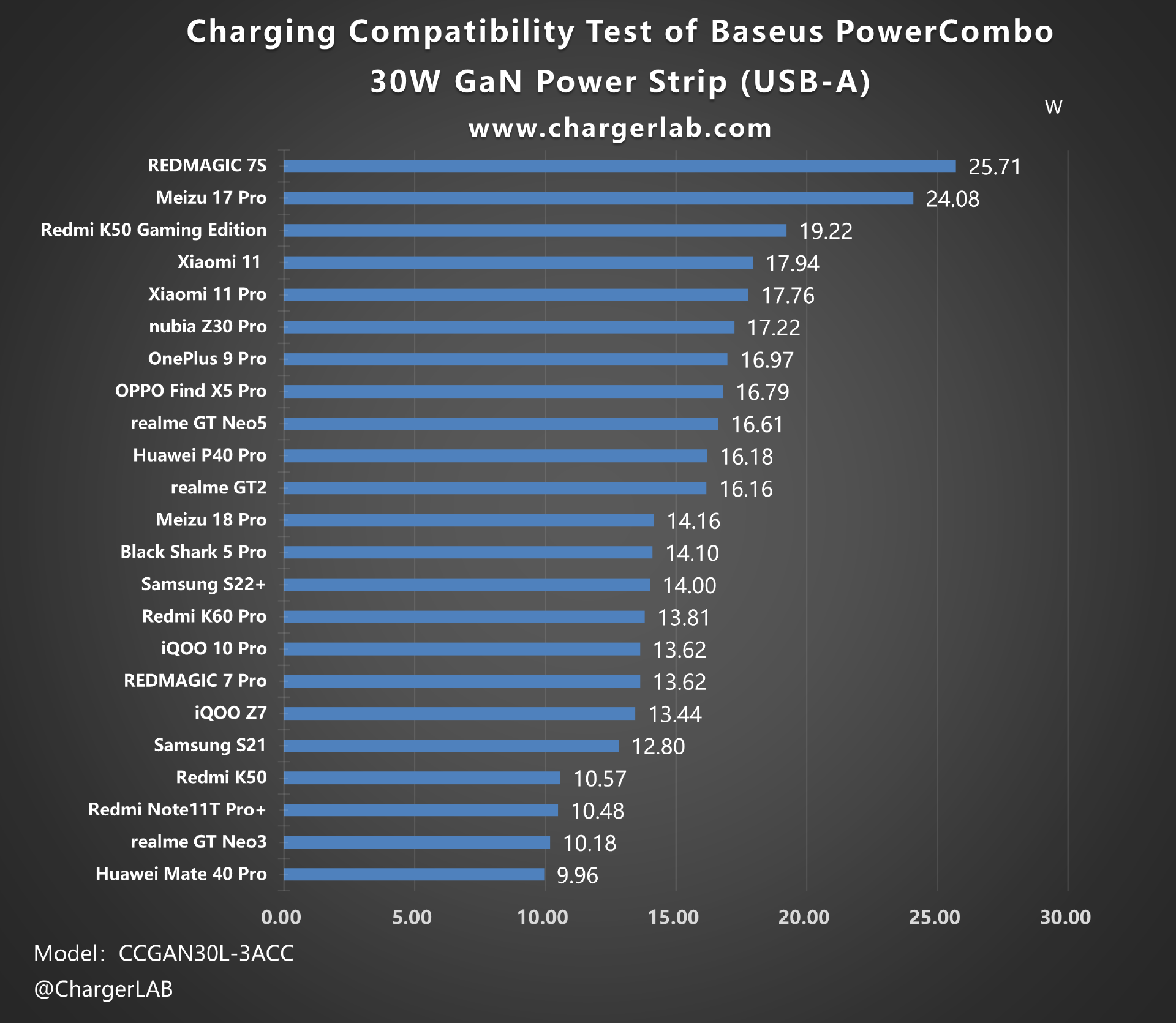
From the bar graph, it is evident that the USB-A port demonstrates stable output performance. The REDMAGIC 7 S had the highest charging power at 25.71W, while the Huawei Mate 40 Pro had the lowest at 9.96W. The charging power of other models did not show a significant difference and remained around 17W and 13W.
Multi-Port
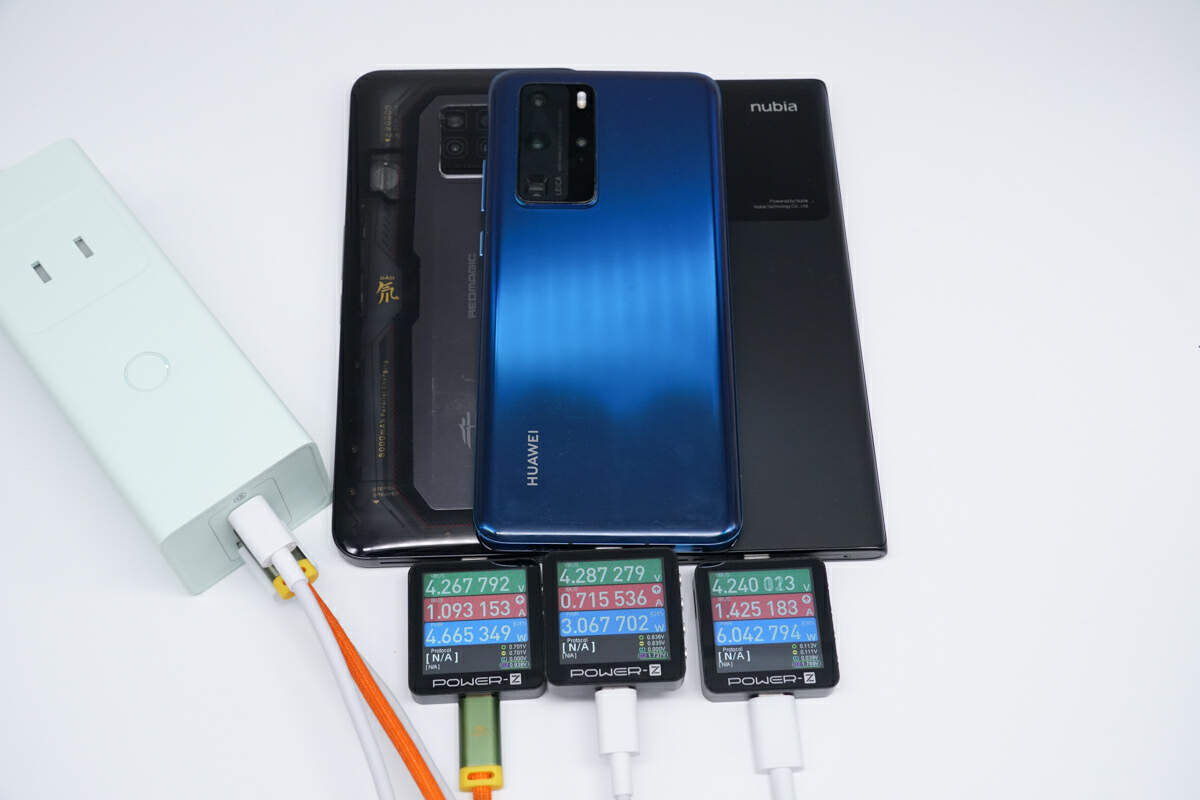
When charging three phones at the same time, the power for USB-C1, USB-C2, and USB-A ports were measured at 3.06W, 4.67W, and 6.04W, respectively.
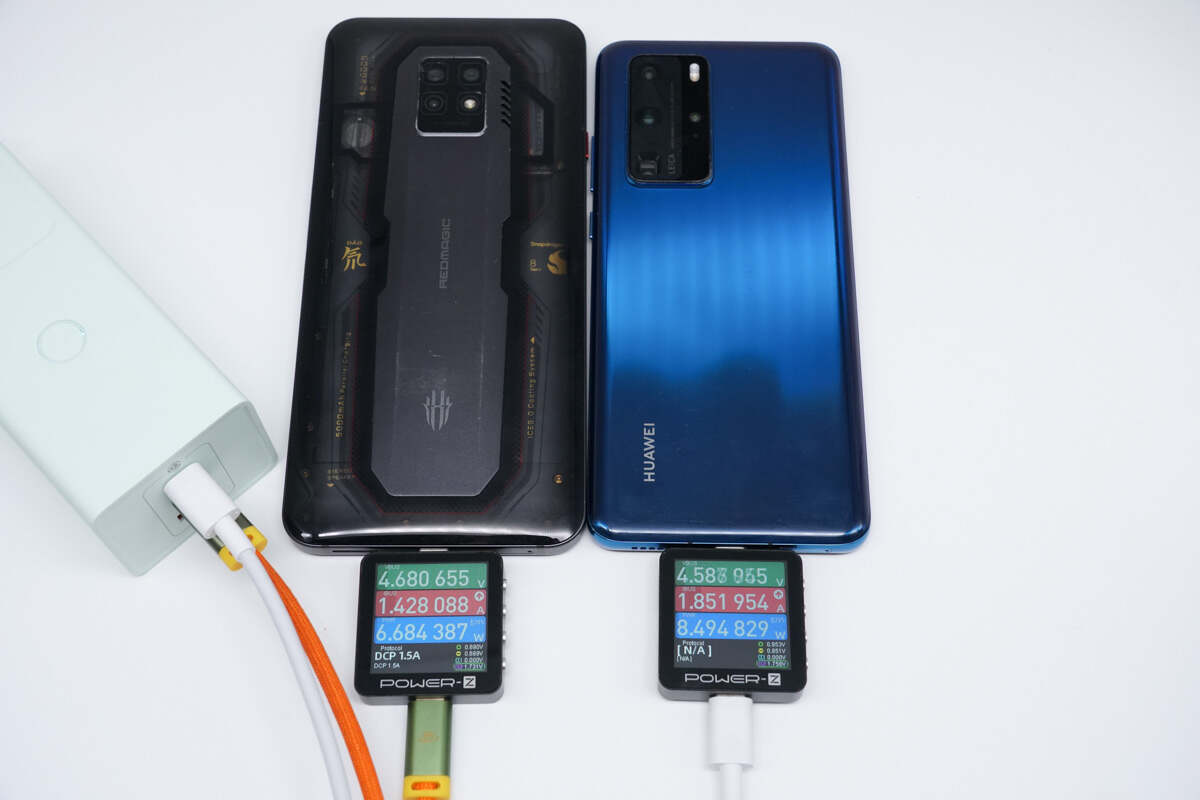
After removing the phone for the USB-A port, both USB-C ports charge faster at 8.49W and 6.68W.
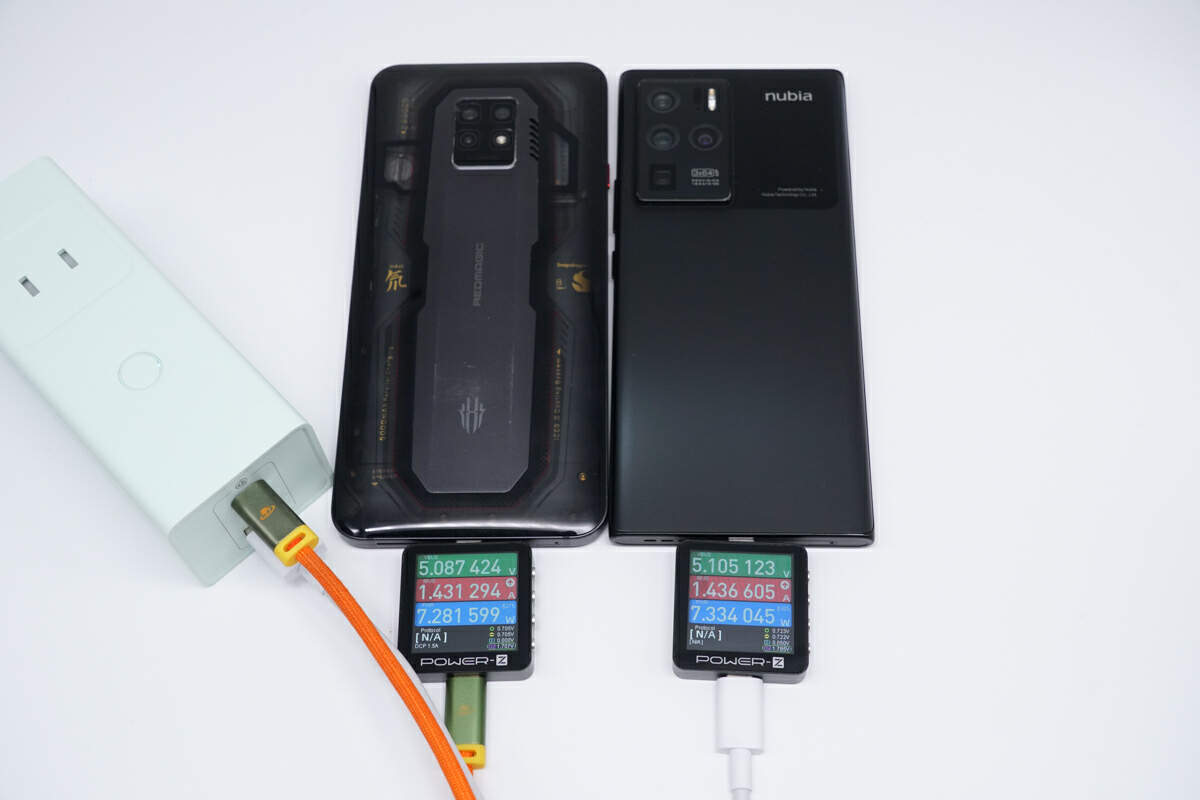
When using the USB-C1 and USB-A ports, the power is divided into roughly two 7W.
Full Charging Test
Next, we'll use it to fully charge the iPhone 14. The power strip will be put into a 25°C (77℉) thermotank throughout the test. Then ,let's check out the charging curve made by the PC software of POWER-Z.
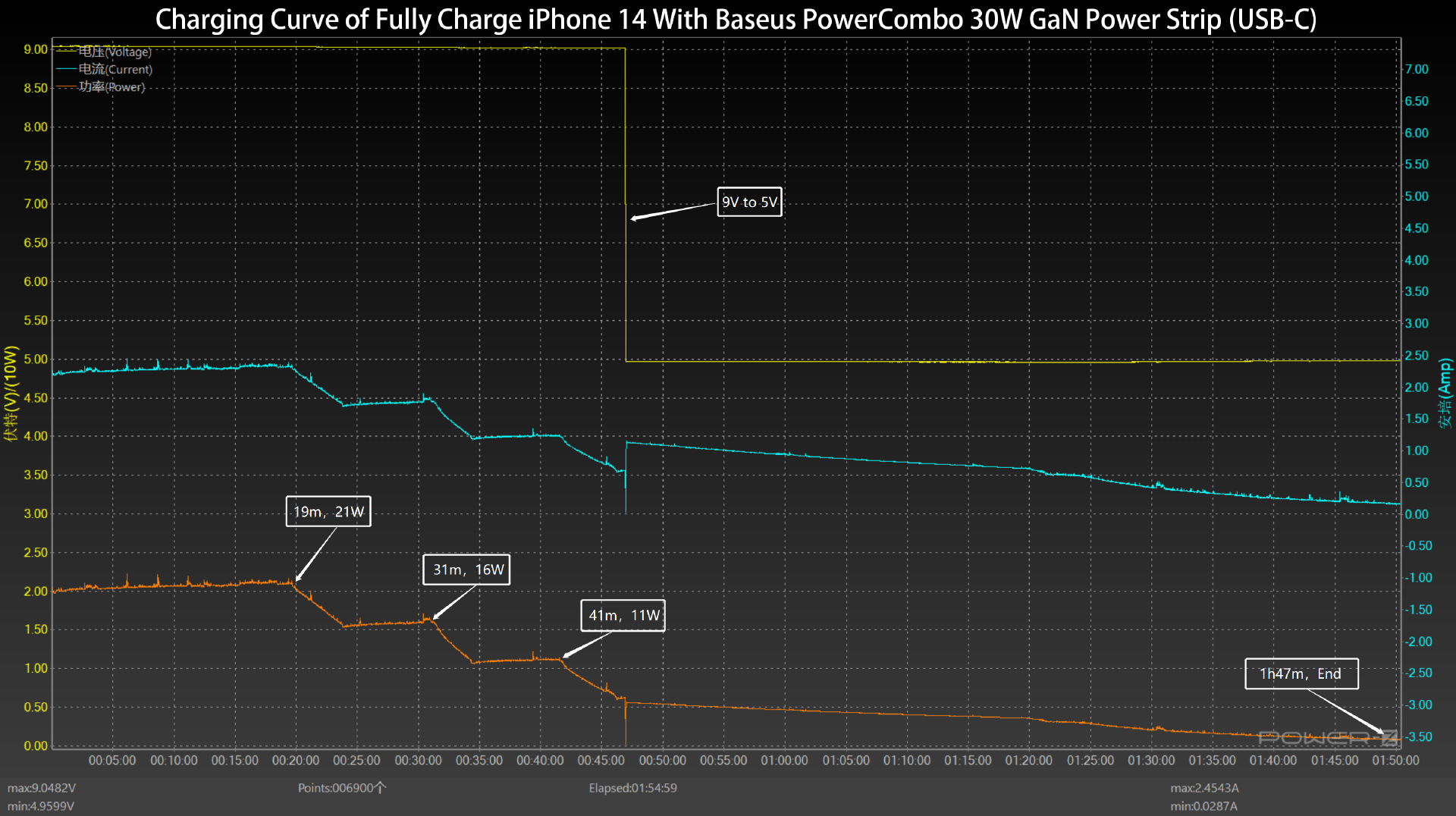
At the beginning, it started charging at 9V, and the power remained stable at around 21W for the first 19 minutes. After 23 minutes, the power gradually dropped to around 16W and continued charging until the 31st minute. By the 34th minute, the power decreased further to around 11W and continued until the 41st minute. At the 46th minute, the voltage dropped to 5V. After 1 hour and 20 minutes, it switched to trickle charging mode until the phone reached full battery, taking approximately 1 hour and 47 minutes for the entire charging process.
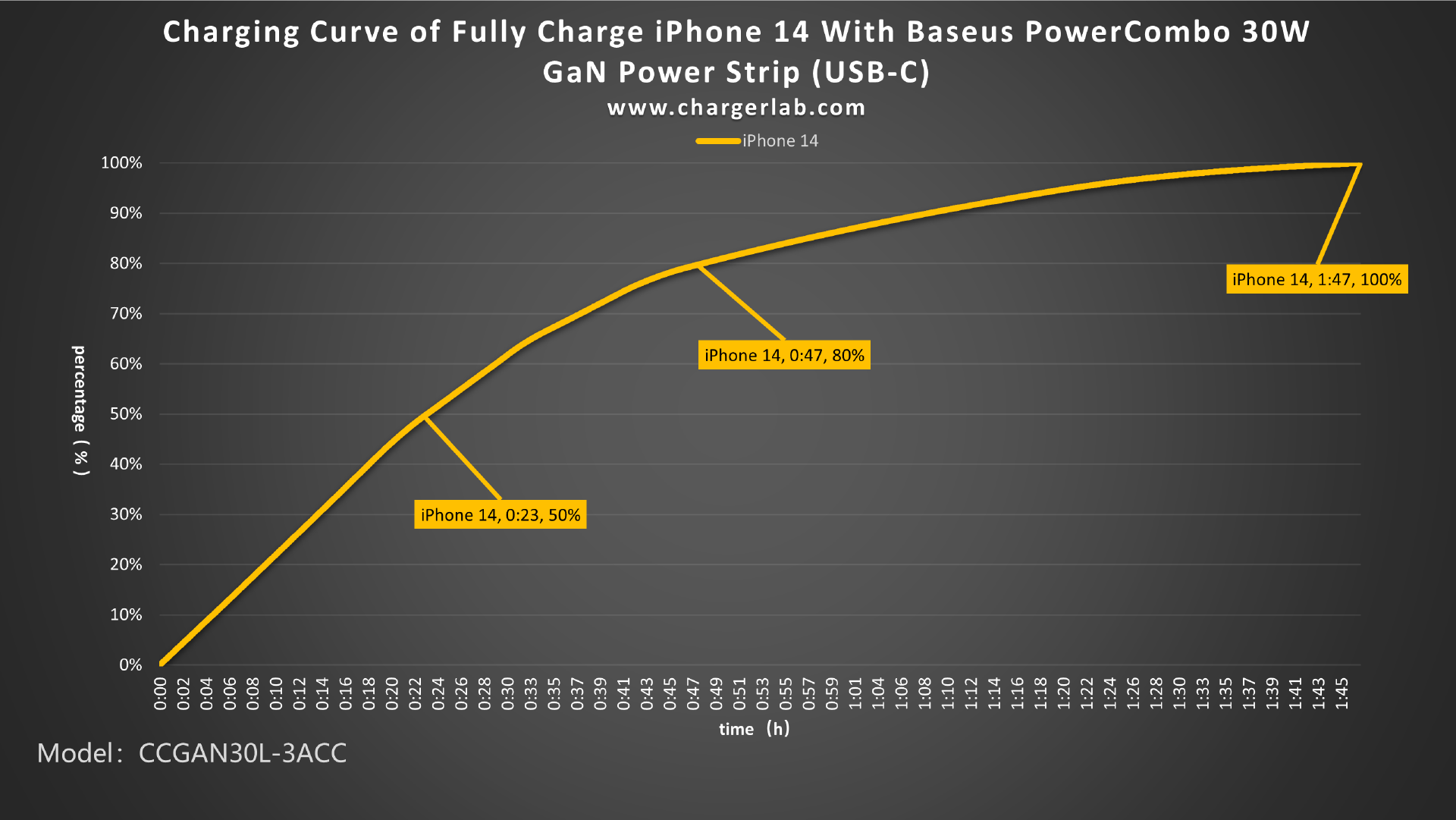
We also plot it into another curve to see how fast it can be. It can charge the iPhone 14 to 50% in 23 minutes and 80% in 47 minutes, and it reaches 100% in 1 hours and 47 minutes.
Standby Power Test
To investigate the energy consumption of idle power adapters, we conducted a standby power test using a BEICH Power Meter. Here are the comprehensive details of our findings.
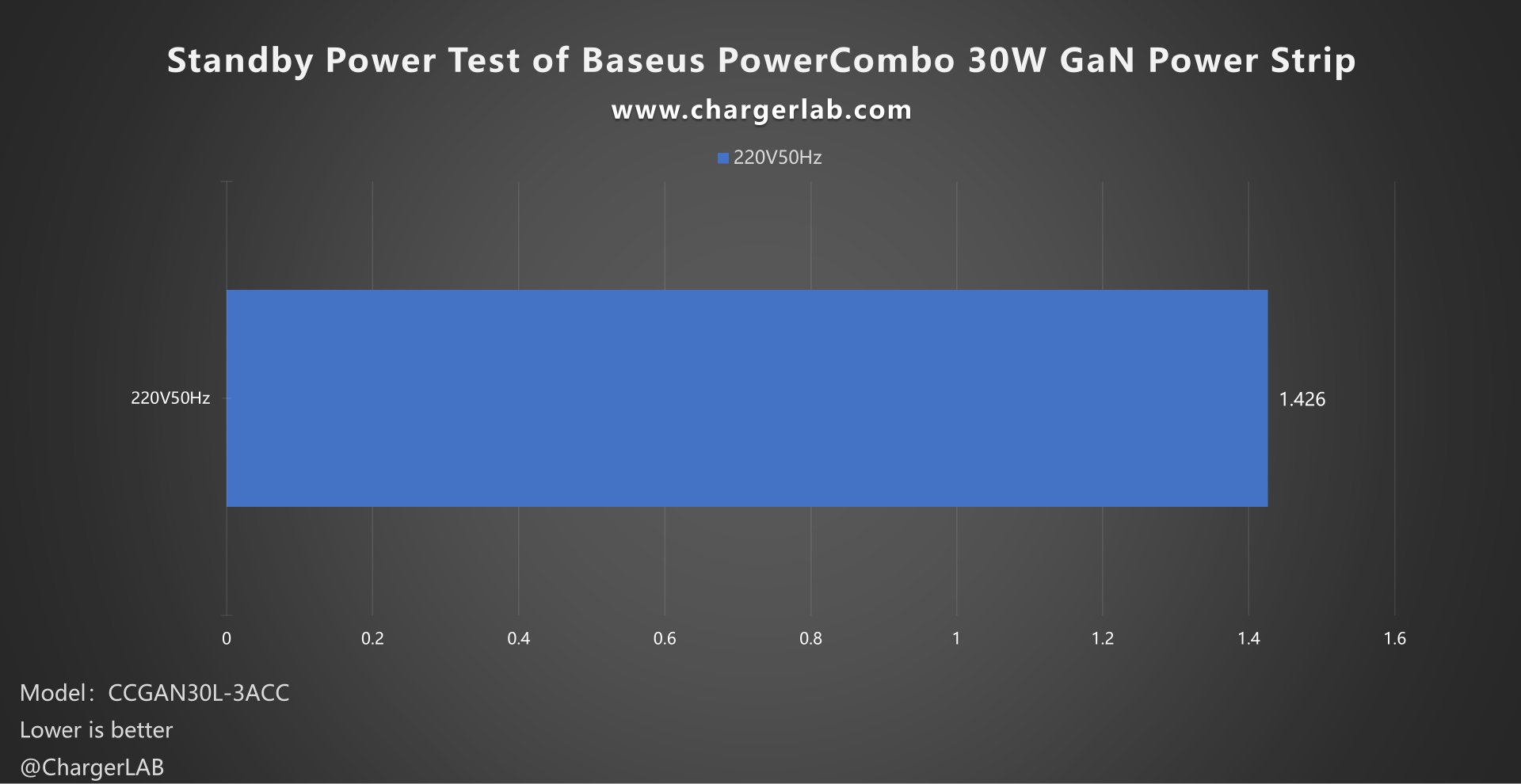
The power consumption at 220V 50Hz is 1.426W, which is about 12.49KW·h in one year. The waste of the electricity is there but not too obvious.
Conversion Efficiency Test
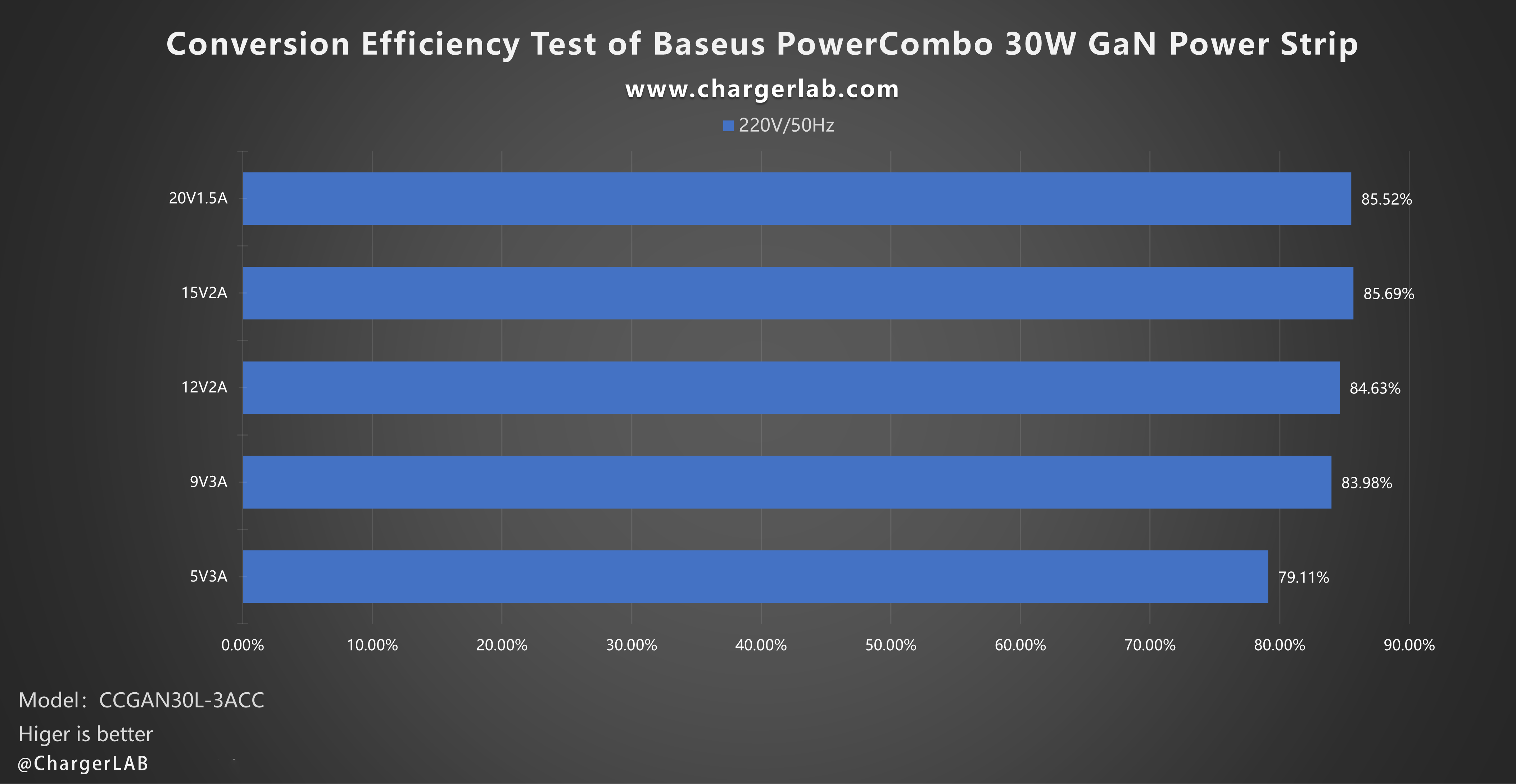
Moving on to the conversion efficiency test. Under 220V 50Hz, the overall conversion efficiency of the power strip ranges between 79% and 86%. Among them, the highest conversion efficiency is achieved in the 15V2A mode, reaching 85.69%. The lowest conversion efficiency is observed in the 5V3A mode, at 79.11%.
Ripple Test
This power strips rely on switch-mode power supplies, which means that the output from the transformer's secondary winding is not direct current and must be rectified and filtered by capacitors before being outputted. As a result, ripples can exist in the output signal. To evaluate the quality of the adapter's output, ChargerLAB employs an oscilloscope to test the ripple value of the converter's output and compare it with industry standards. In general, the lower the ripple, the higher the output quality.
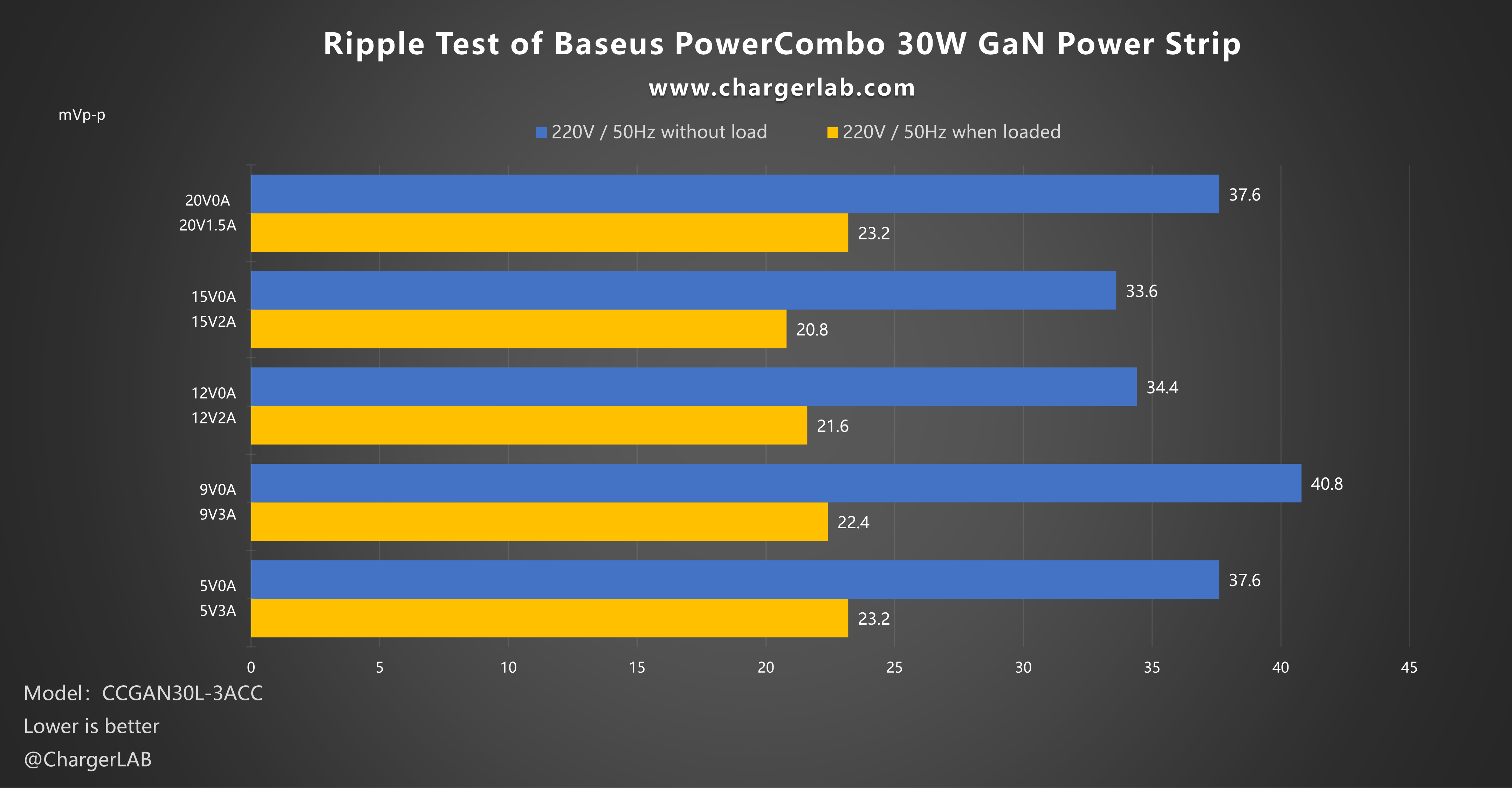
Firstly, let's check out its ripple without load. When the output is 9V0A, the highest ripple is 40.8 mVp-p. When the output is 15V0A, the lowest ripple is 33.6 mVp-p.
Then, moving to the ripple test when loaded. When the output is 20V1.5A and 5V3A, the highest ripple is 23.2 mVp-p. When the output is 15V2A, the lowest ripple is 20.8 mVp-p.
Temperature Test
Next, we gonna put this charger into a 25°C (77℉) thermotank and measuring the surface temperature after one hour of use with a 20V1.5A load.
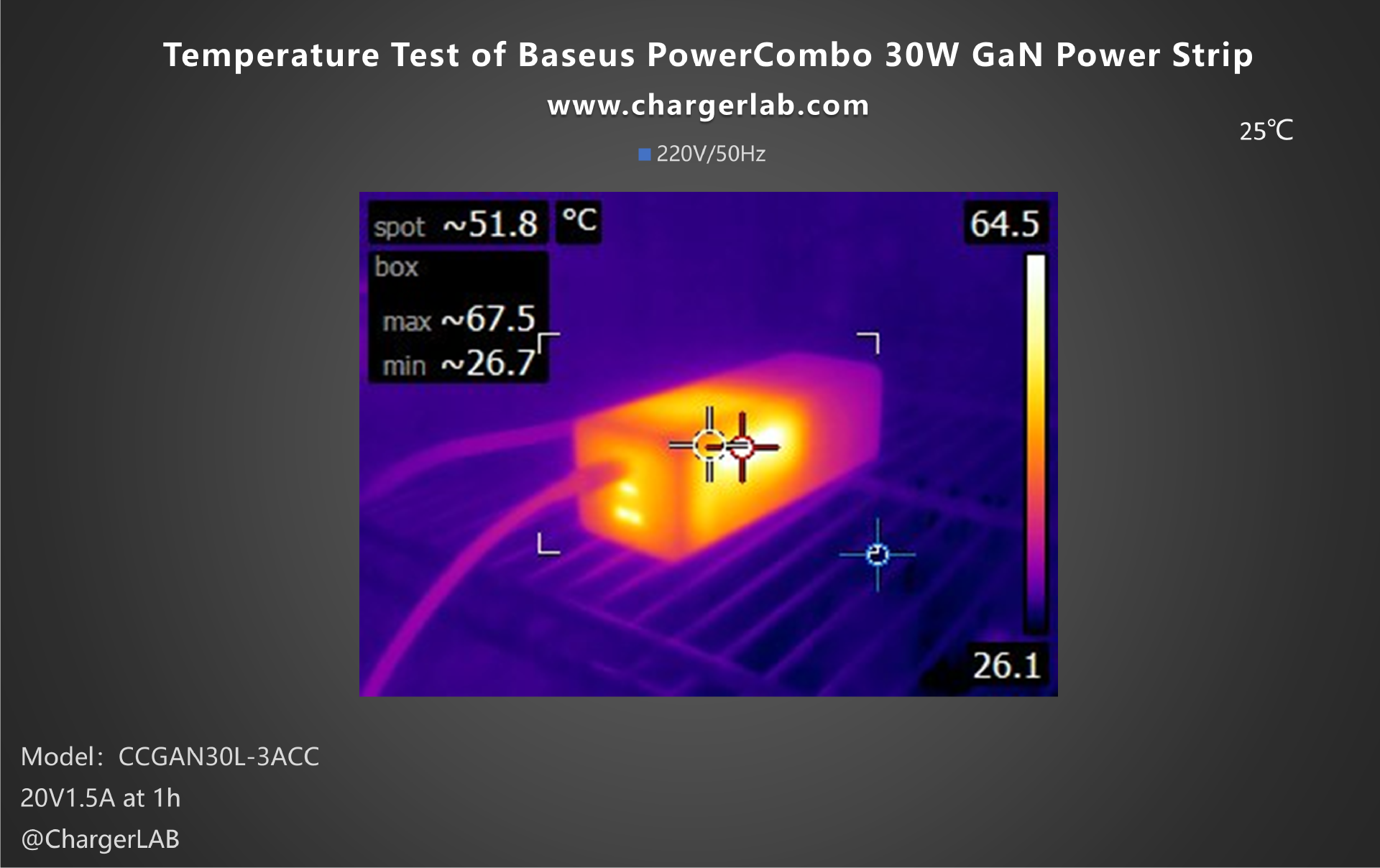
After one hour, the maximum temperature on this side is 67.5°C (153.5℉).
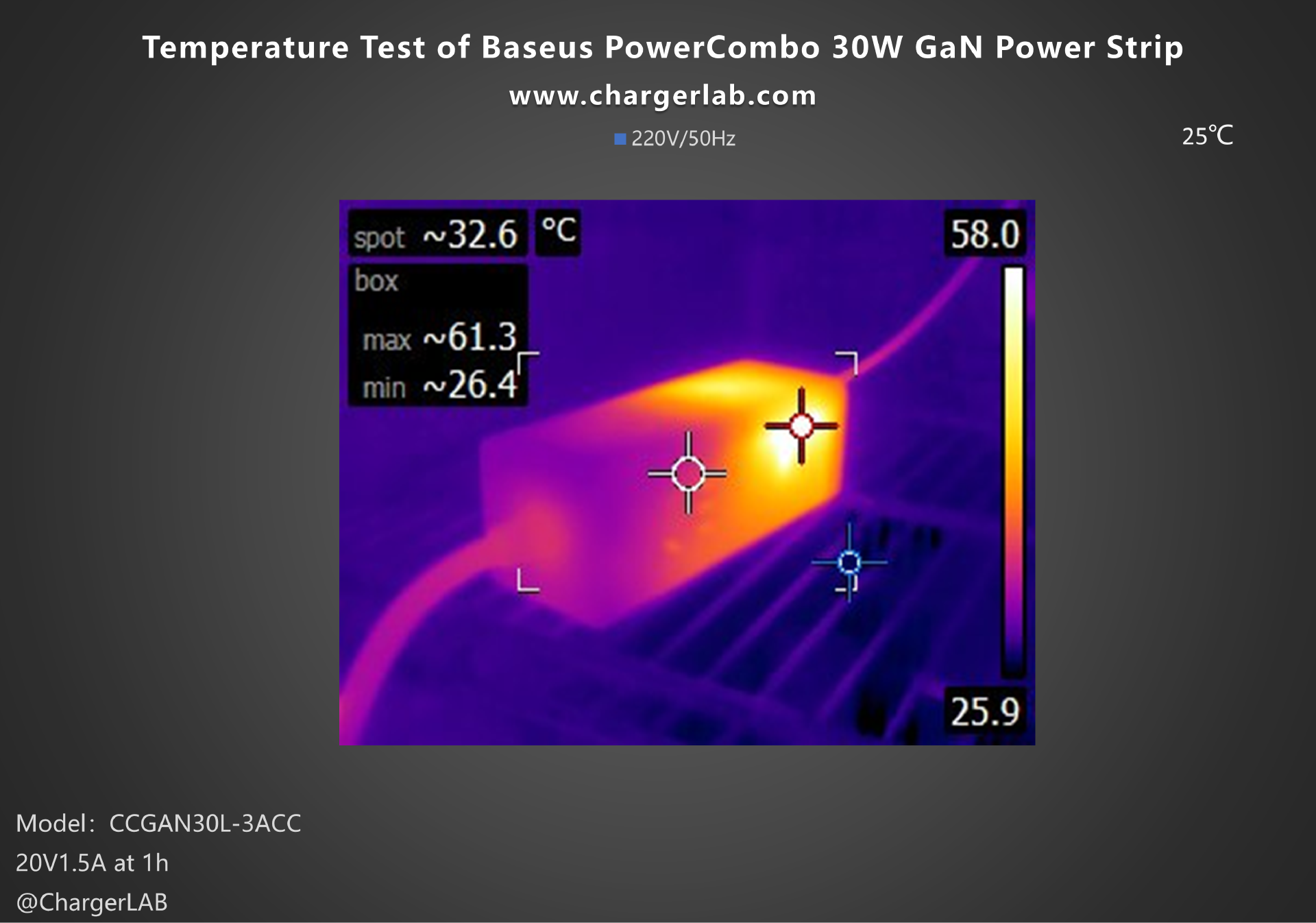
And 61.3℃ (142.34℉) for the other side.
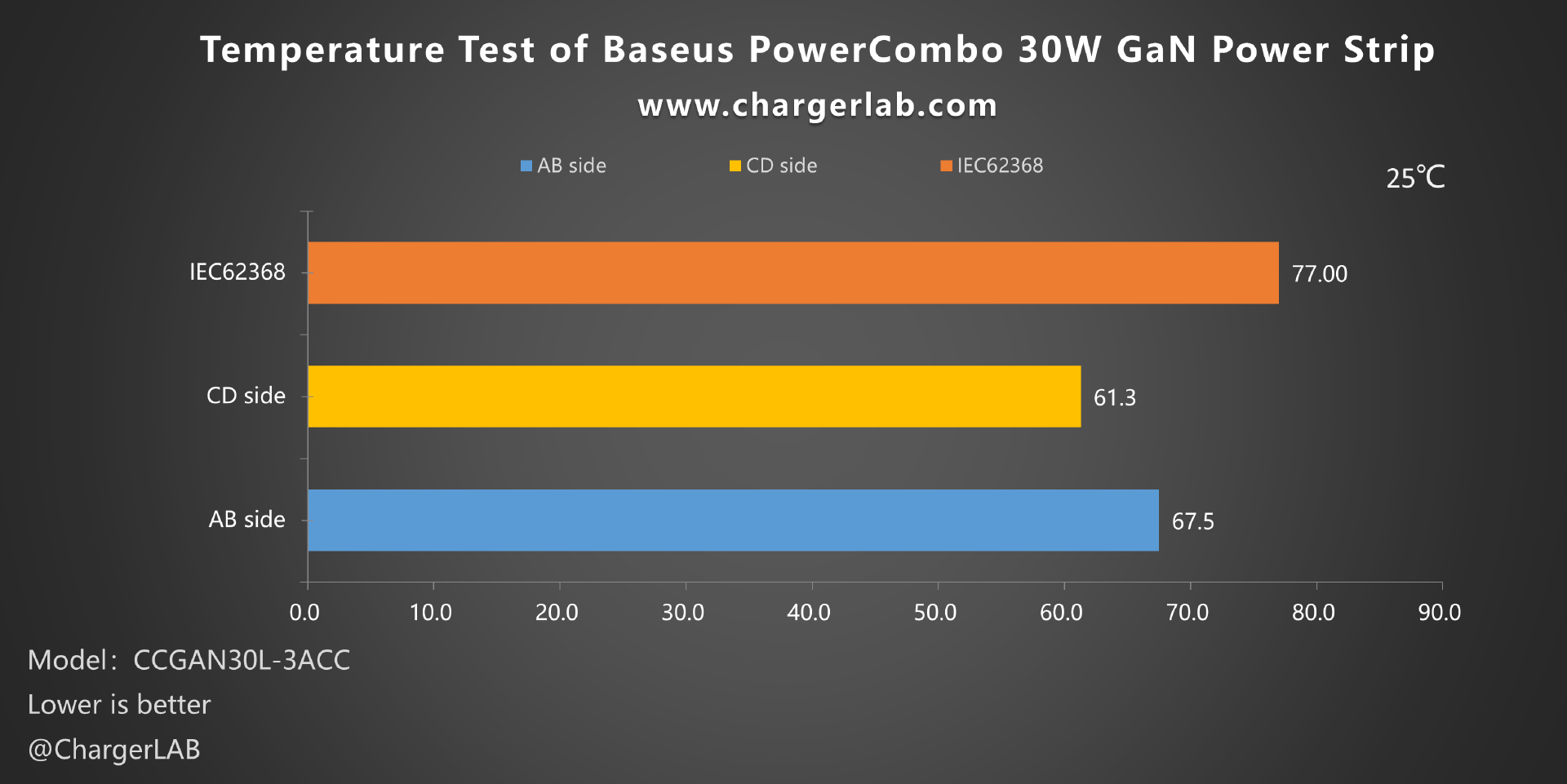
By plotting the data into a bar graph, we can see that the maximum temperature is 67.5°C (153.5℉). This satisfies the requirement of IEC62368 from the International Electrotechnical Commission (IEC) for electronic and electrical equipment testing that the temperature should not exceed 77℃ during testing.
Summary of ChargerLAB
The Baseus PowerCombo 30W GaN Power Strip features a sleek and compact design with a matte PC material in a stylish matcha green color. It offers efficient charging performance with stable power distribution across its USB-C and USB-A ports. The power strip supports various fast charging protocols and demonstrates good compatibility with different devices. It has low standby power consumption, high conversion efficiency, and maintains a safe operating temperature. Overall, it provides a reliable and convenient charging solution for multiple devices.
Related Articles:
1. Teardown of Baseus 65W PowerCombo Tower Charging Station With Retractable Cable
2. Retractable USB-C Cable | Baseus Launched 65W 6-in-1 GaN Charging Station
3. Teardown of Baseus 67W GaN5 Charging Station (With HDMI Port)

